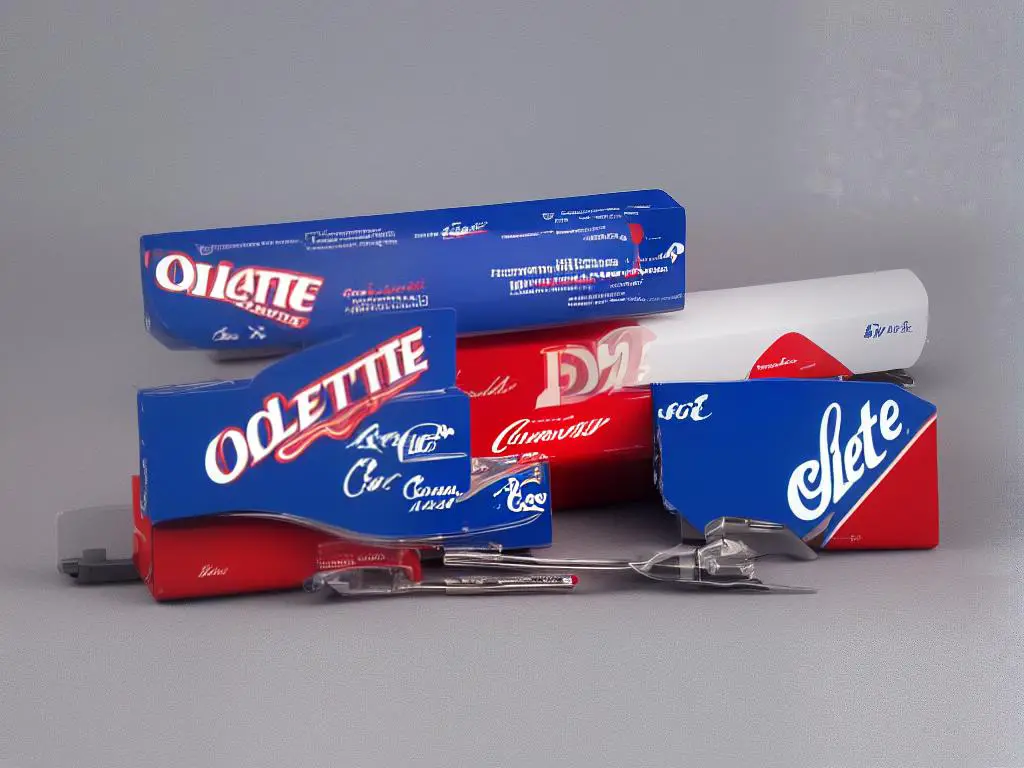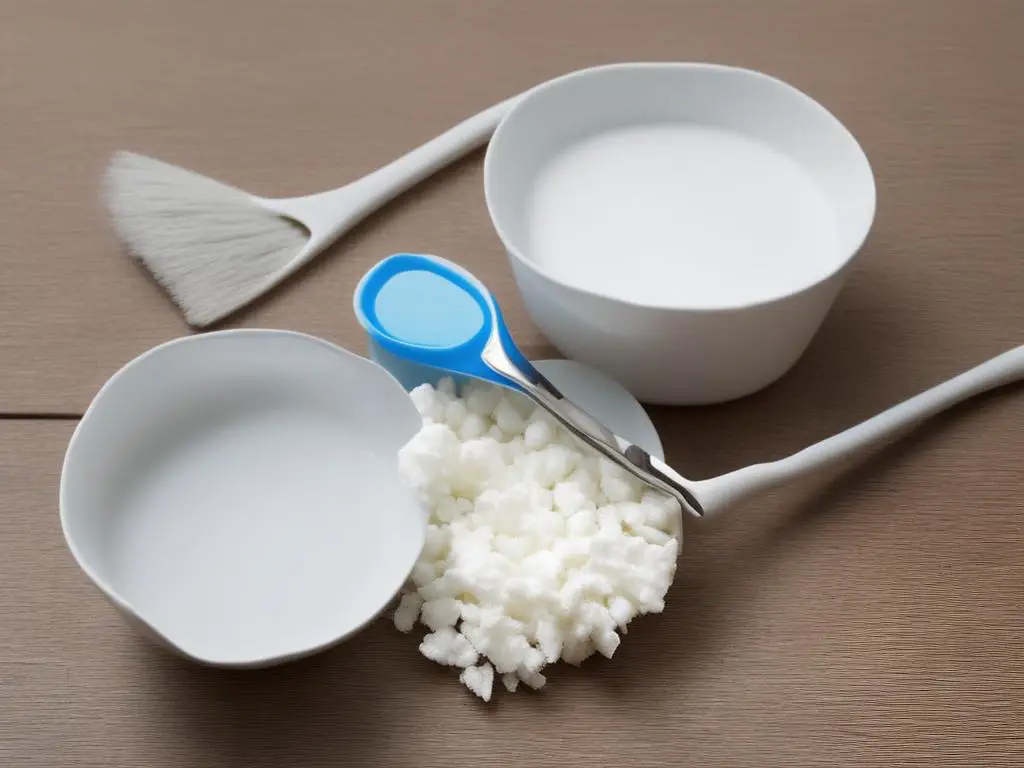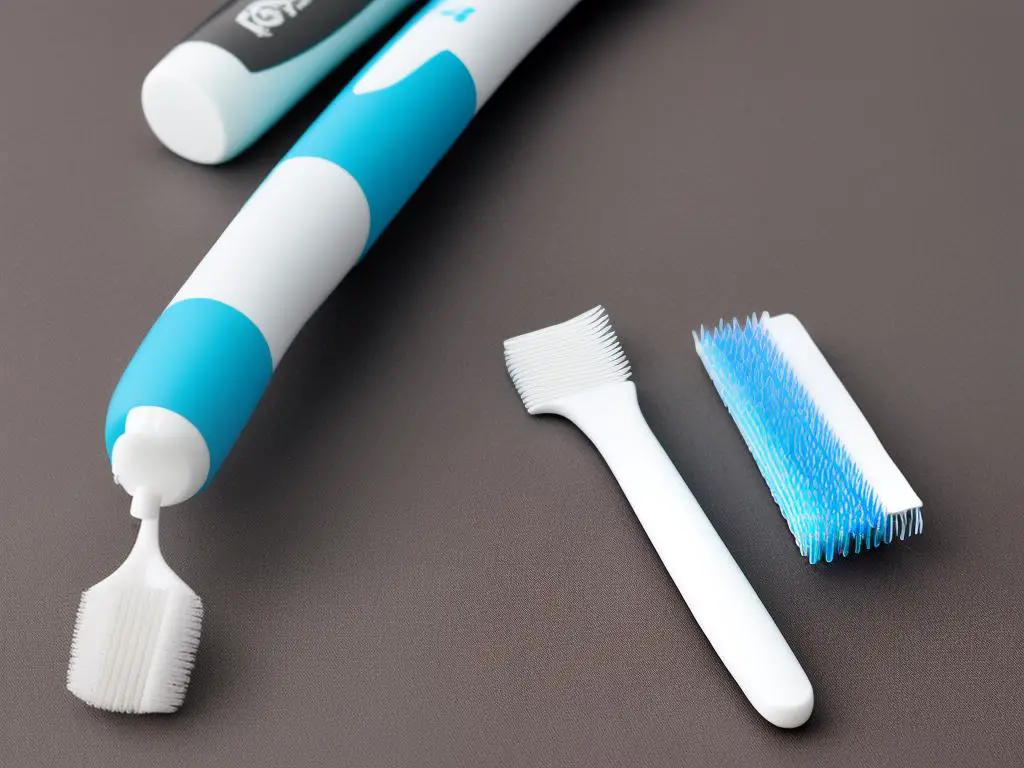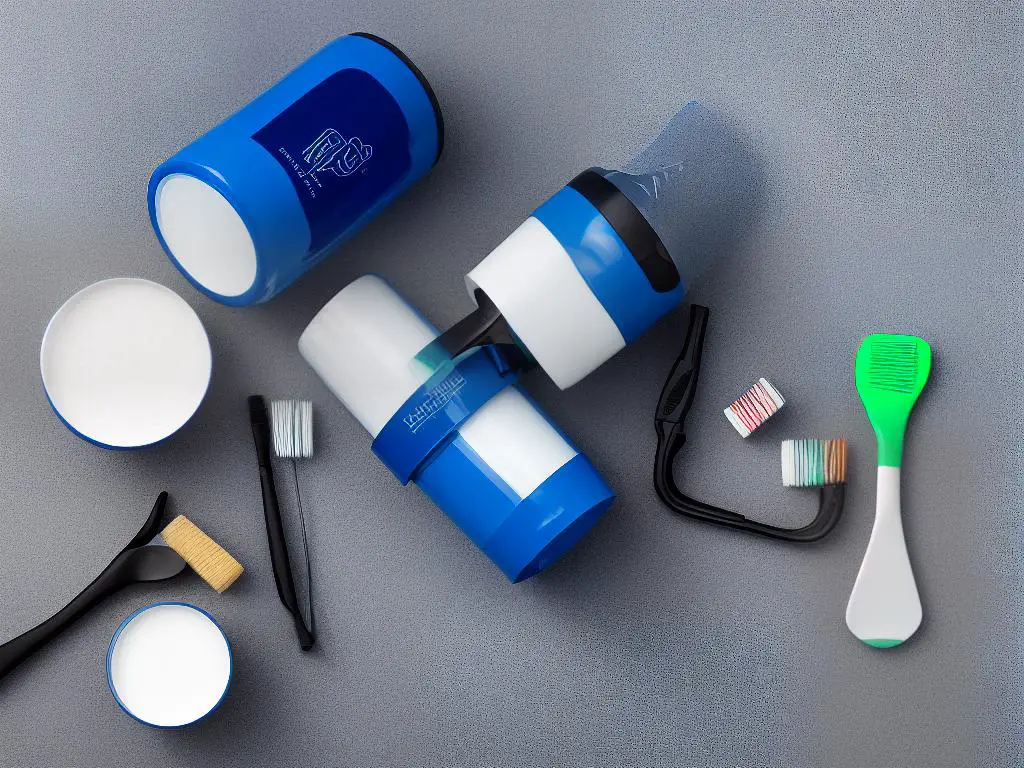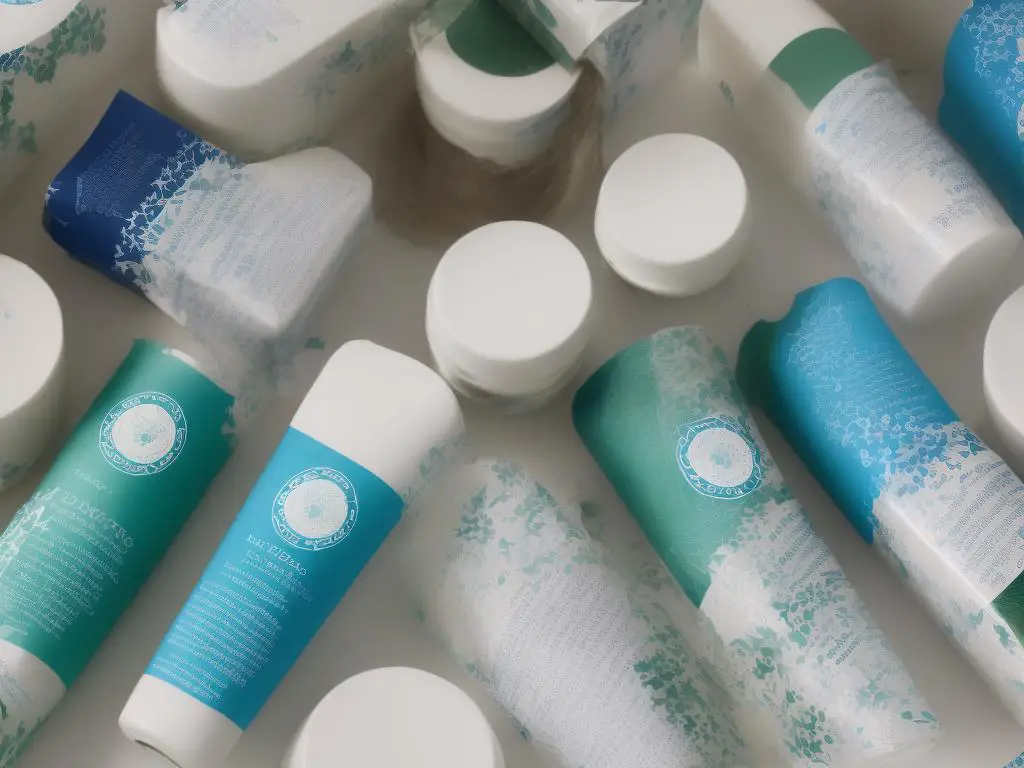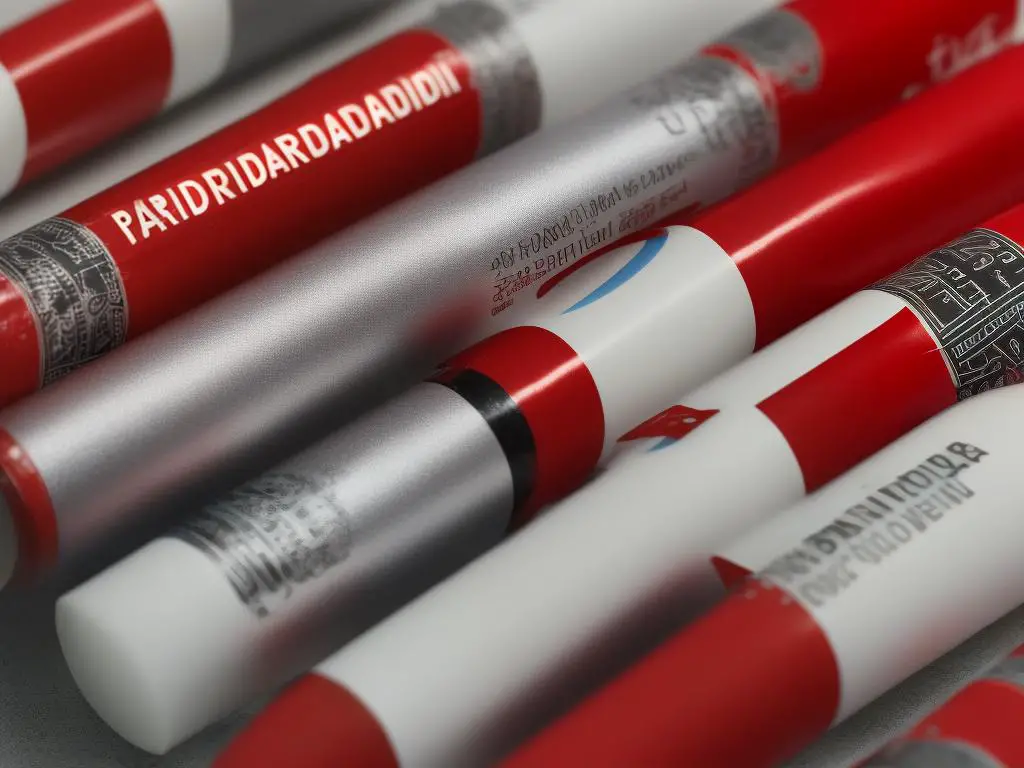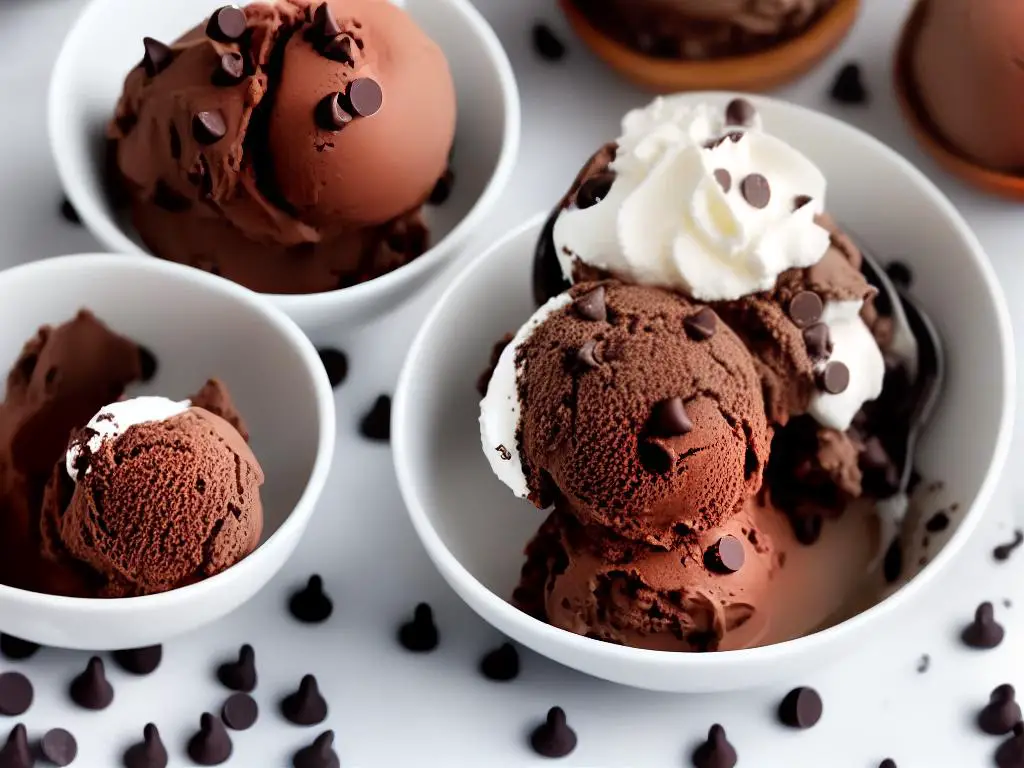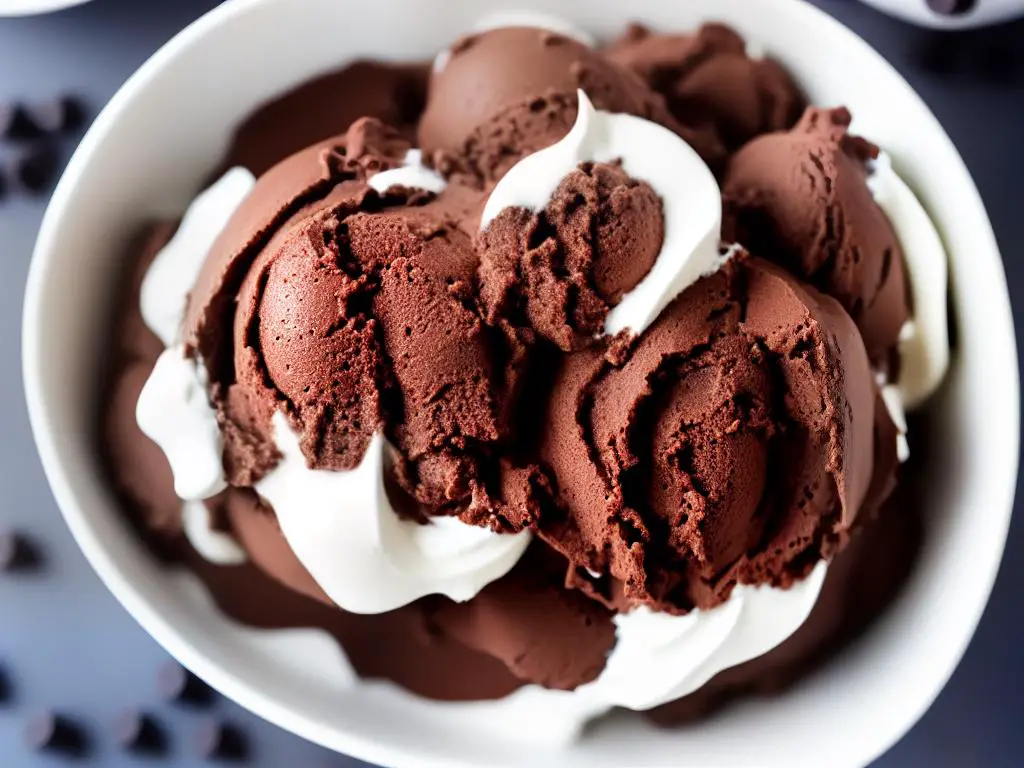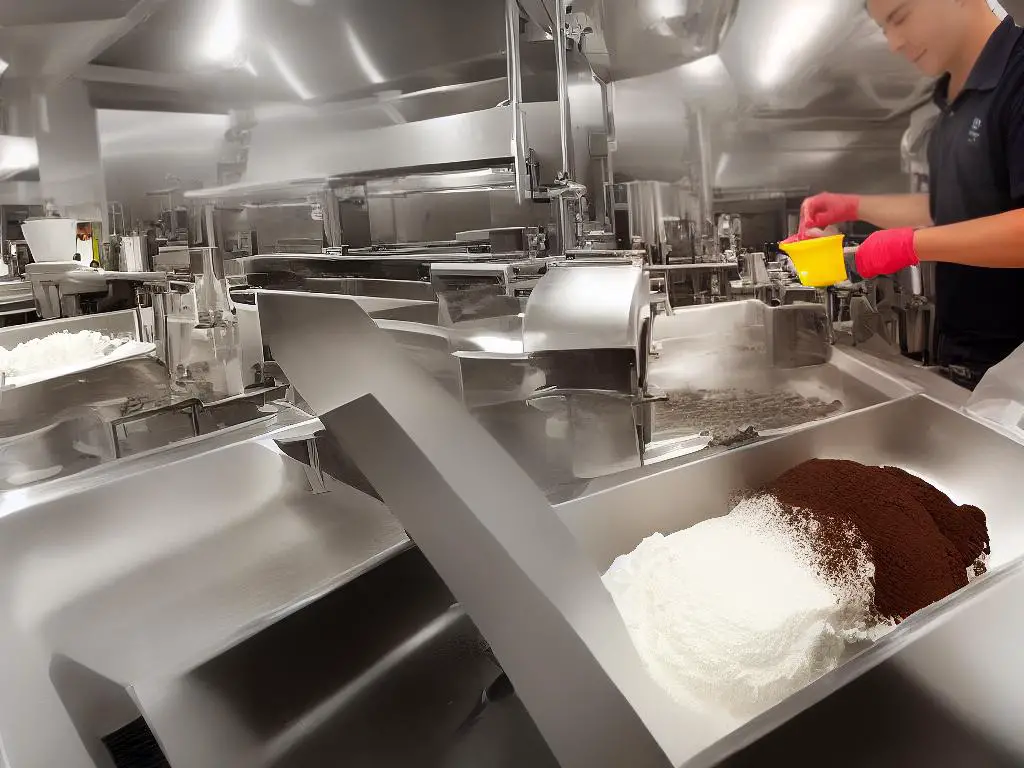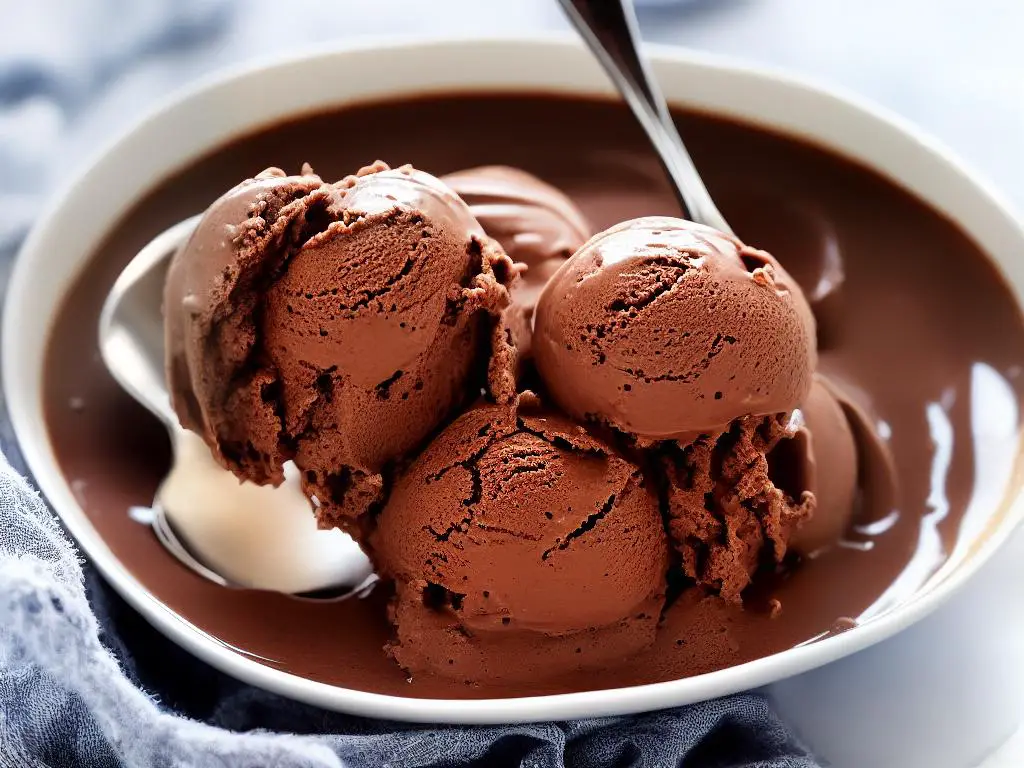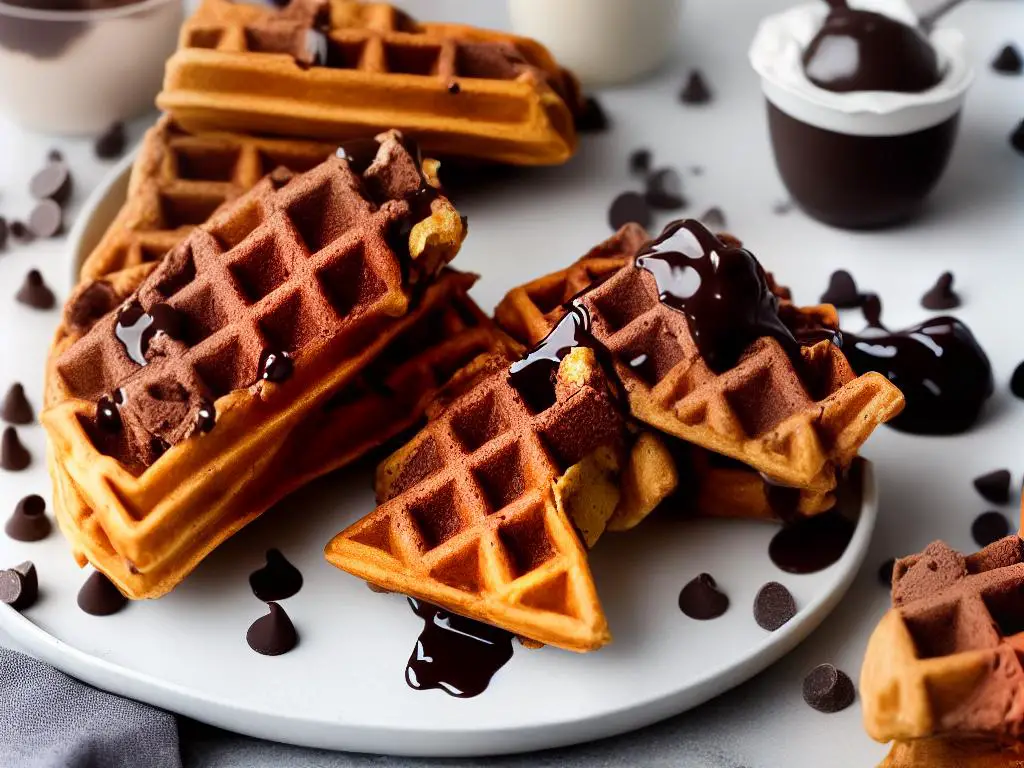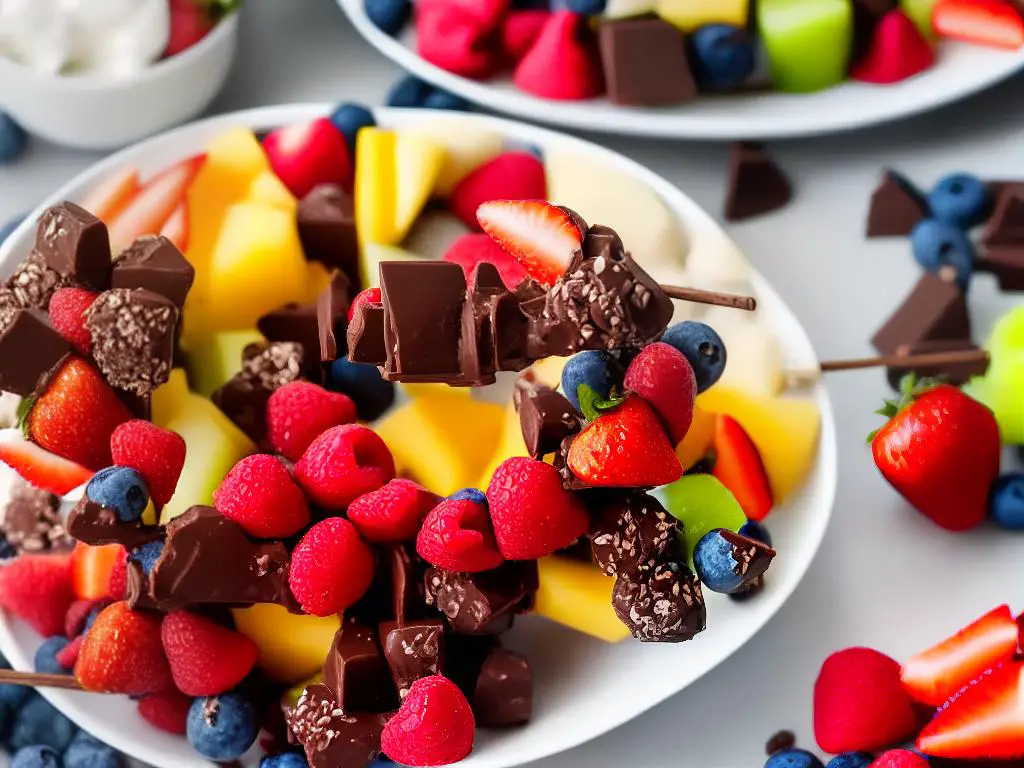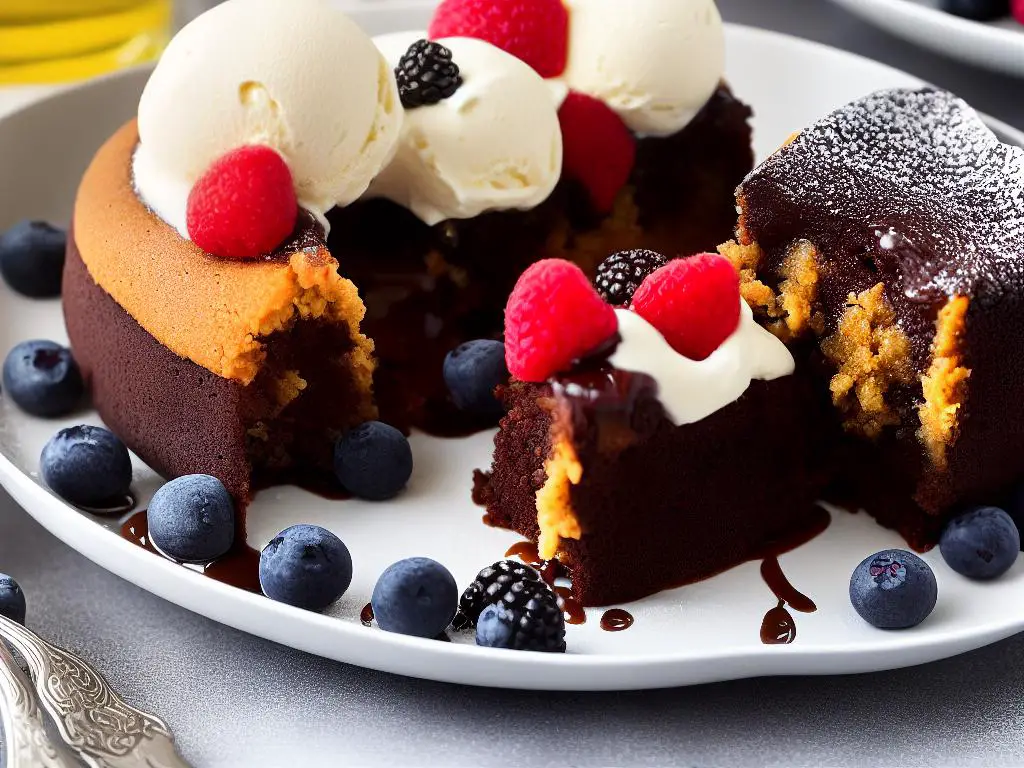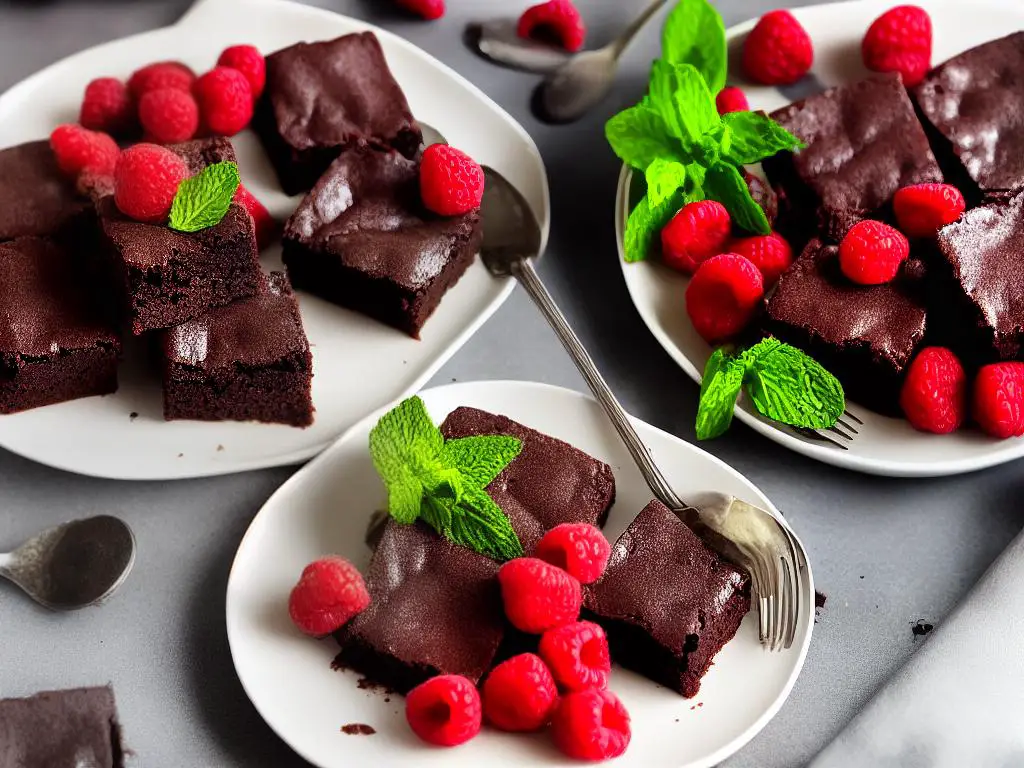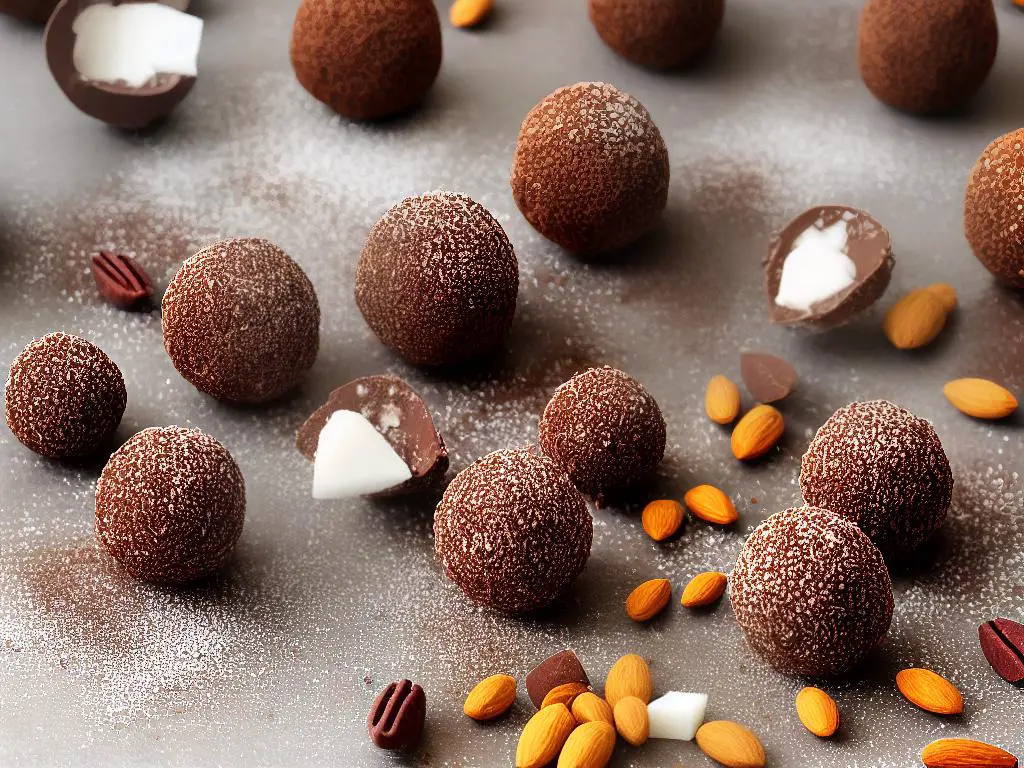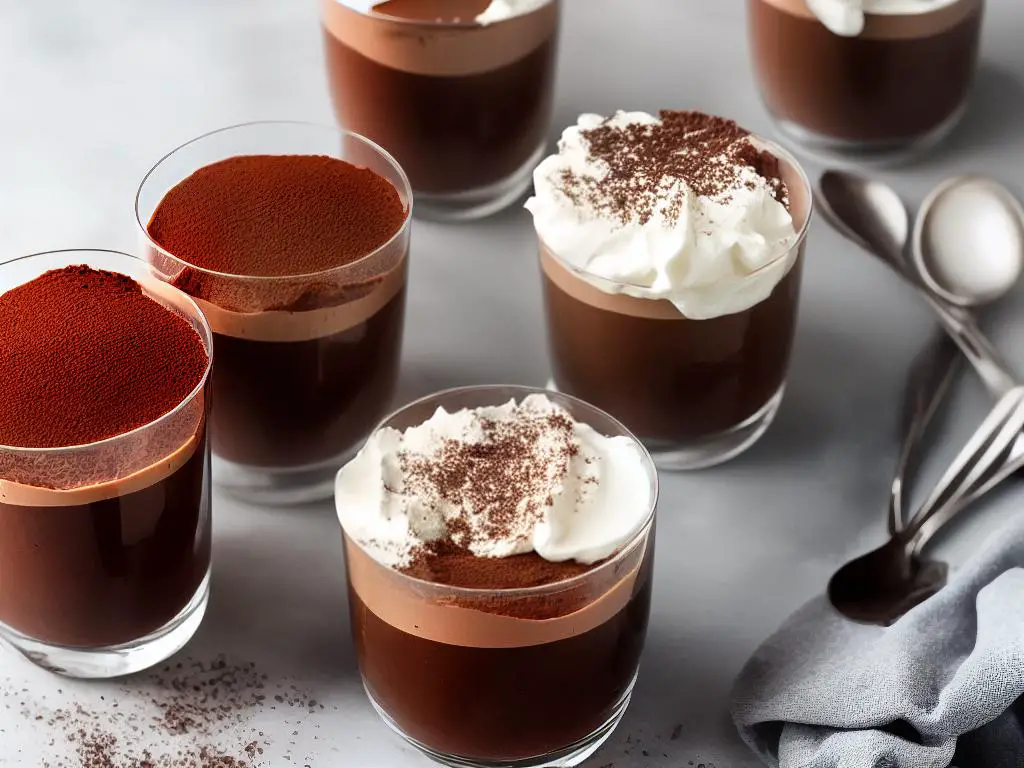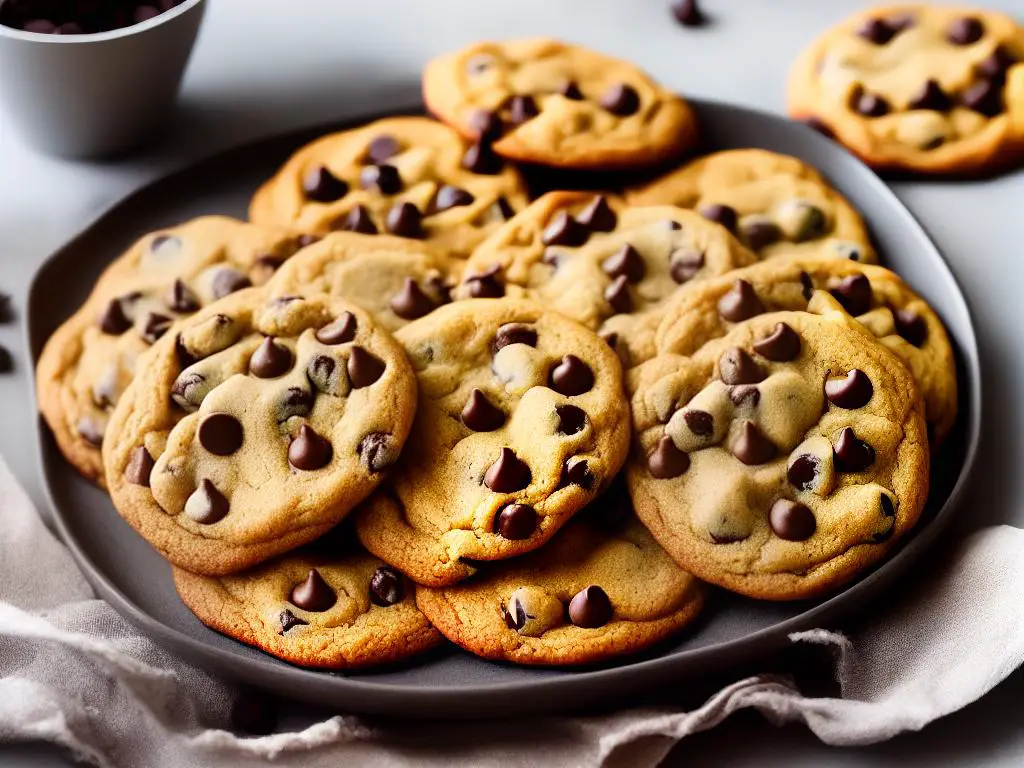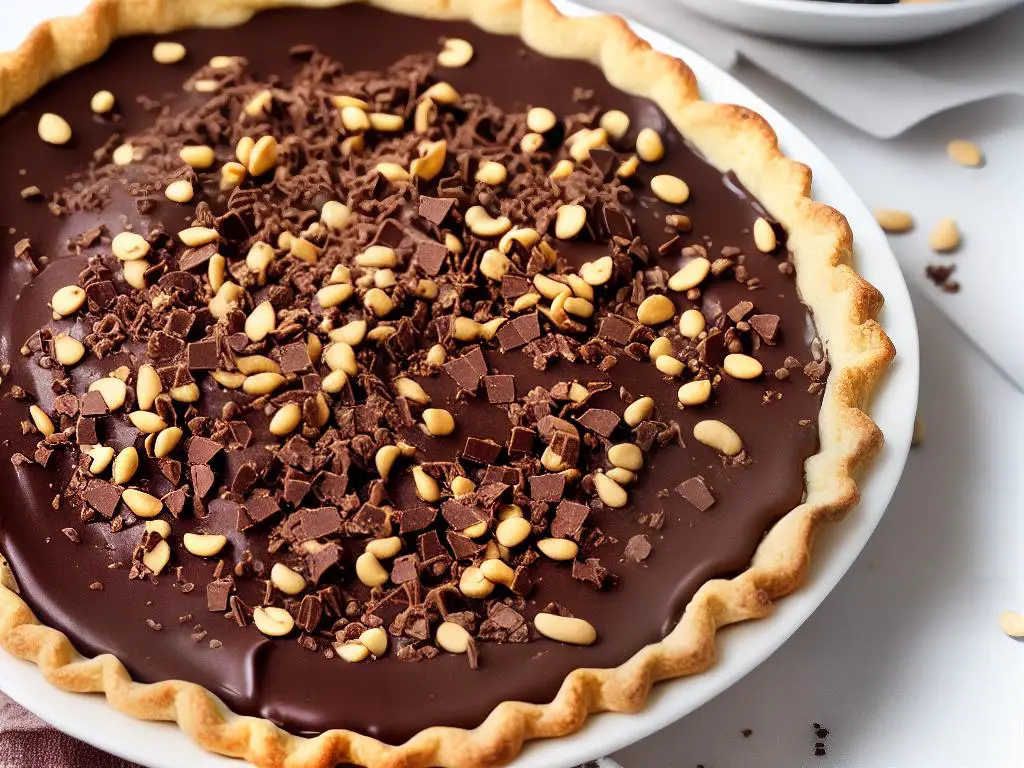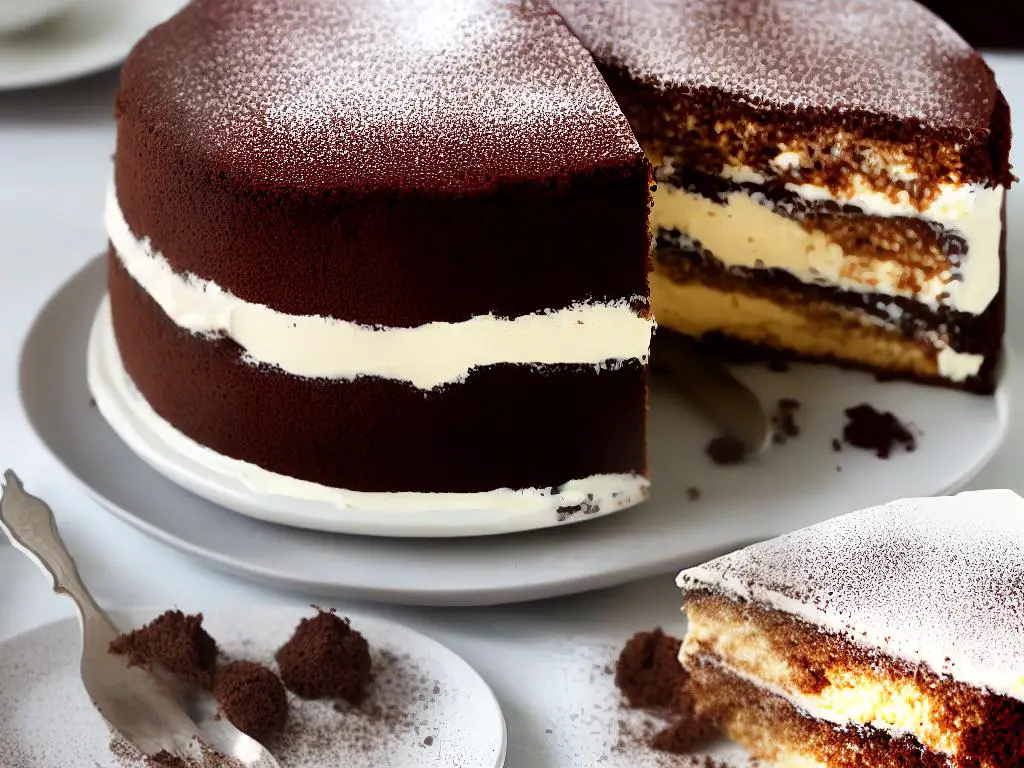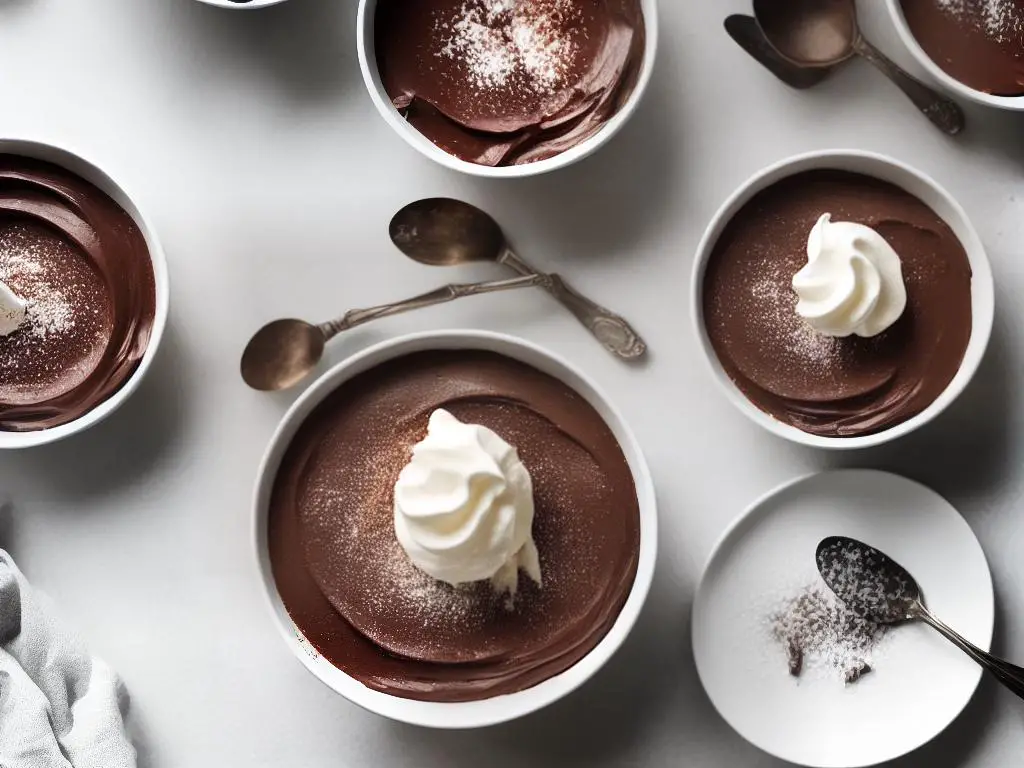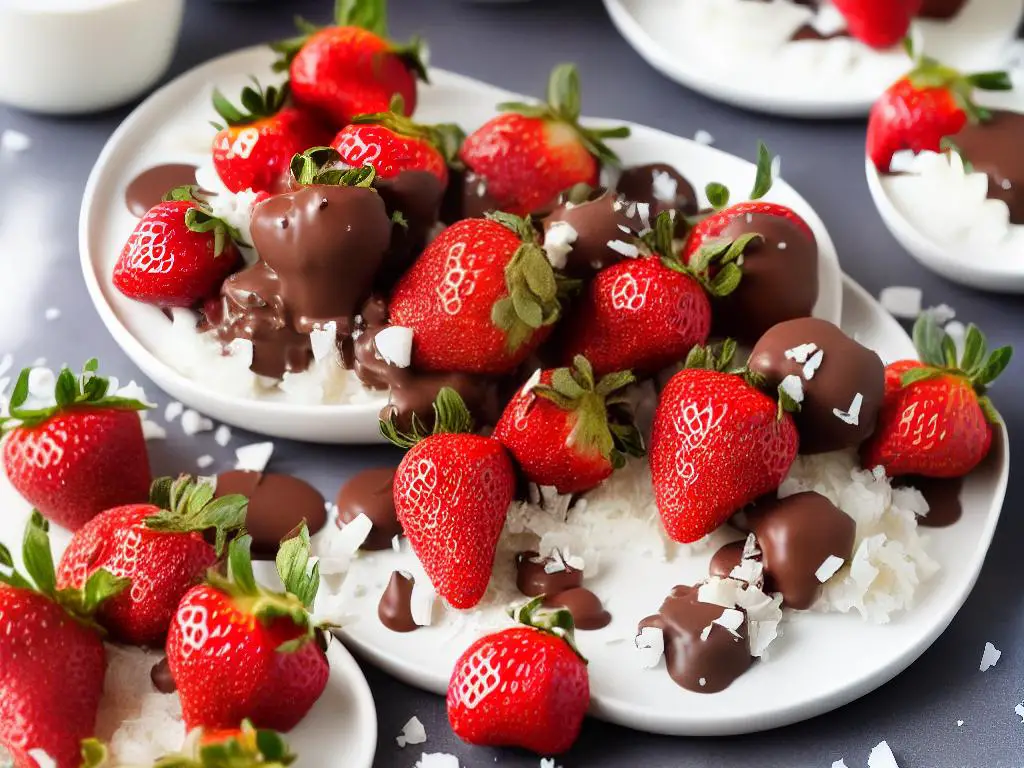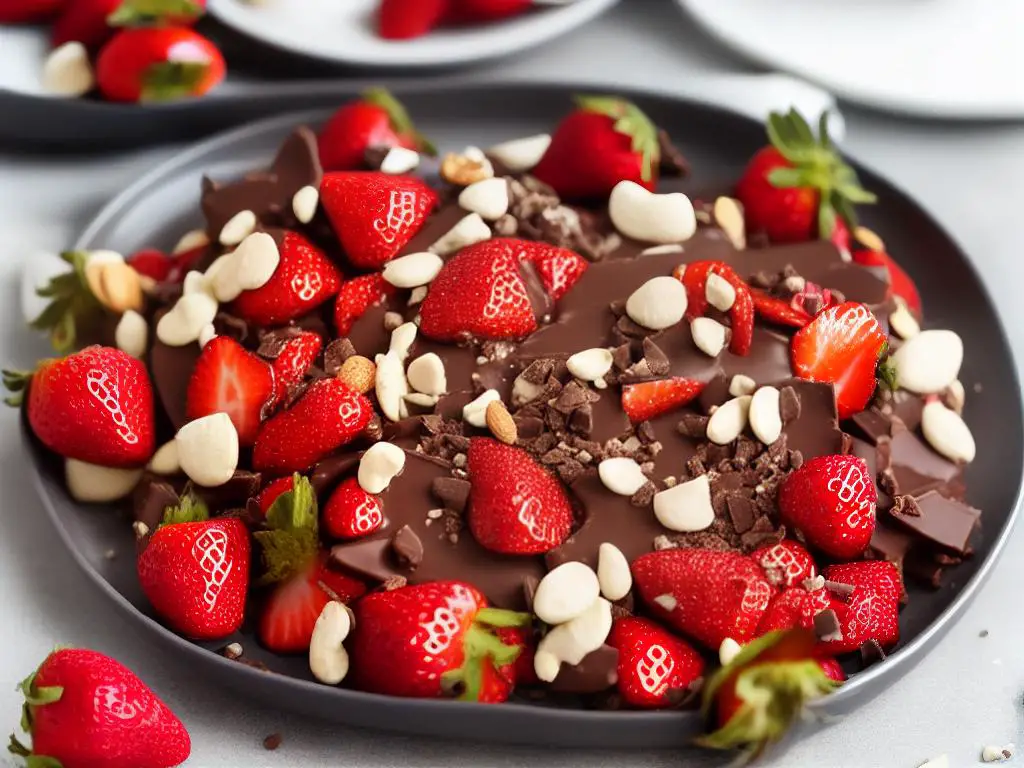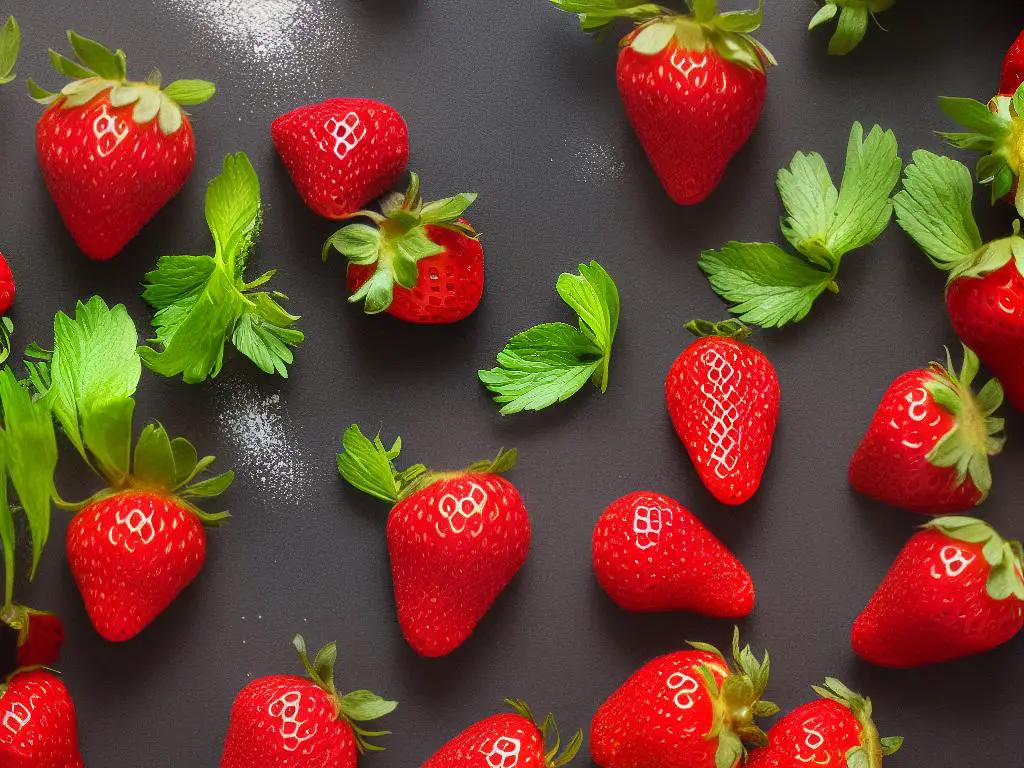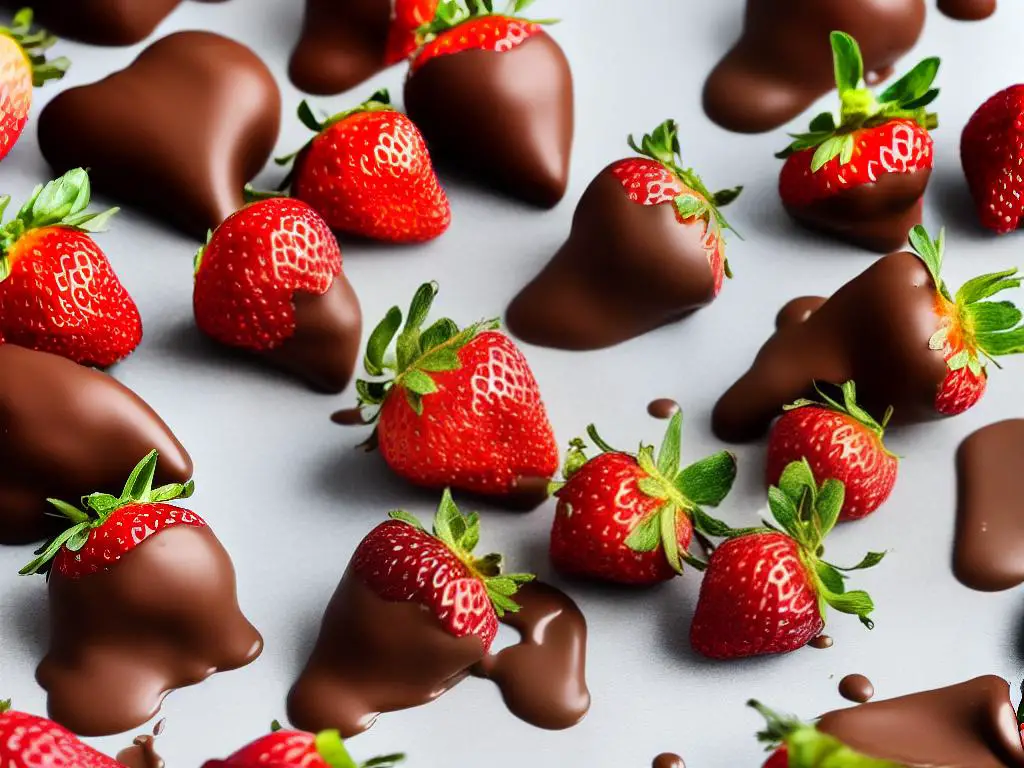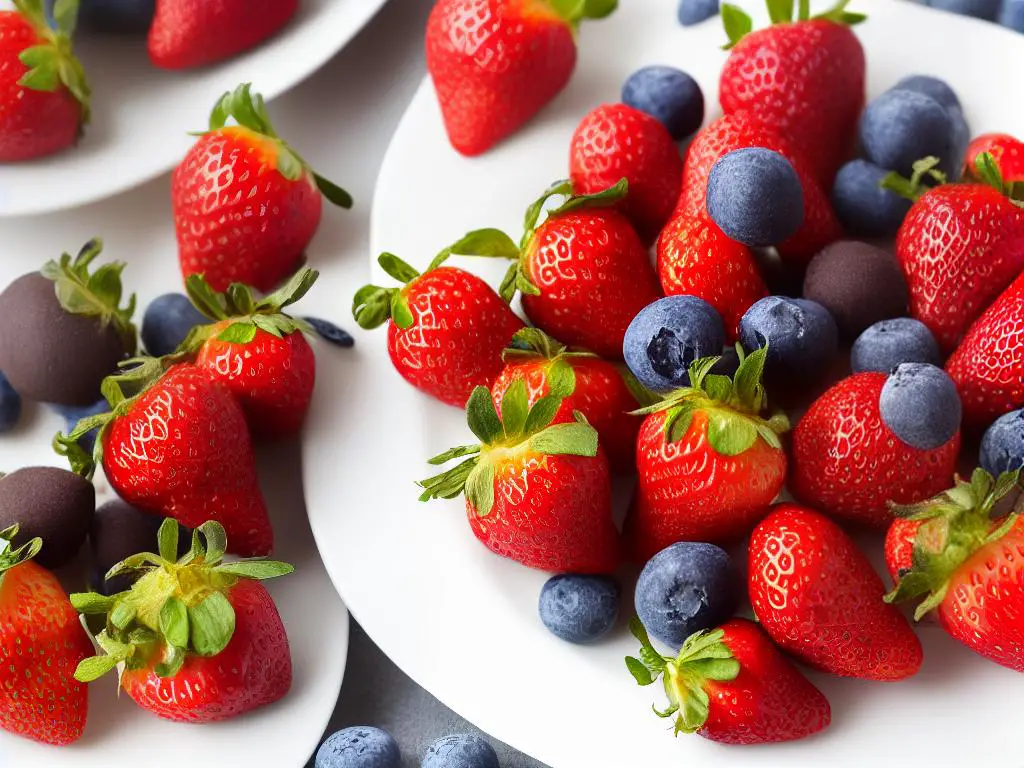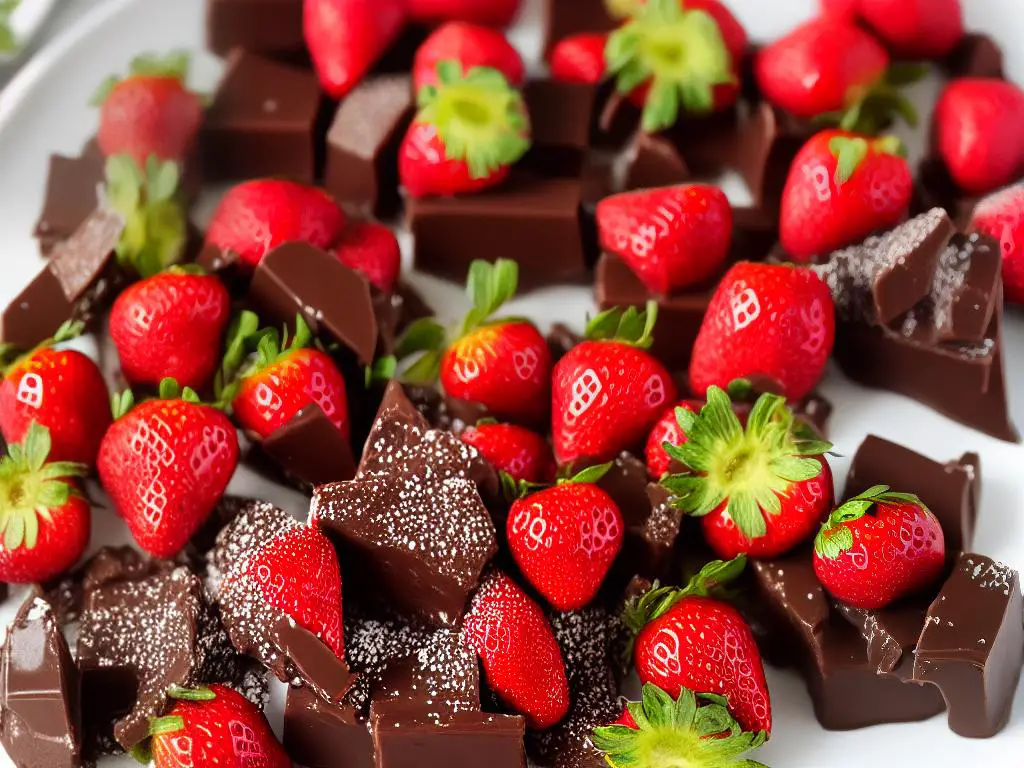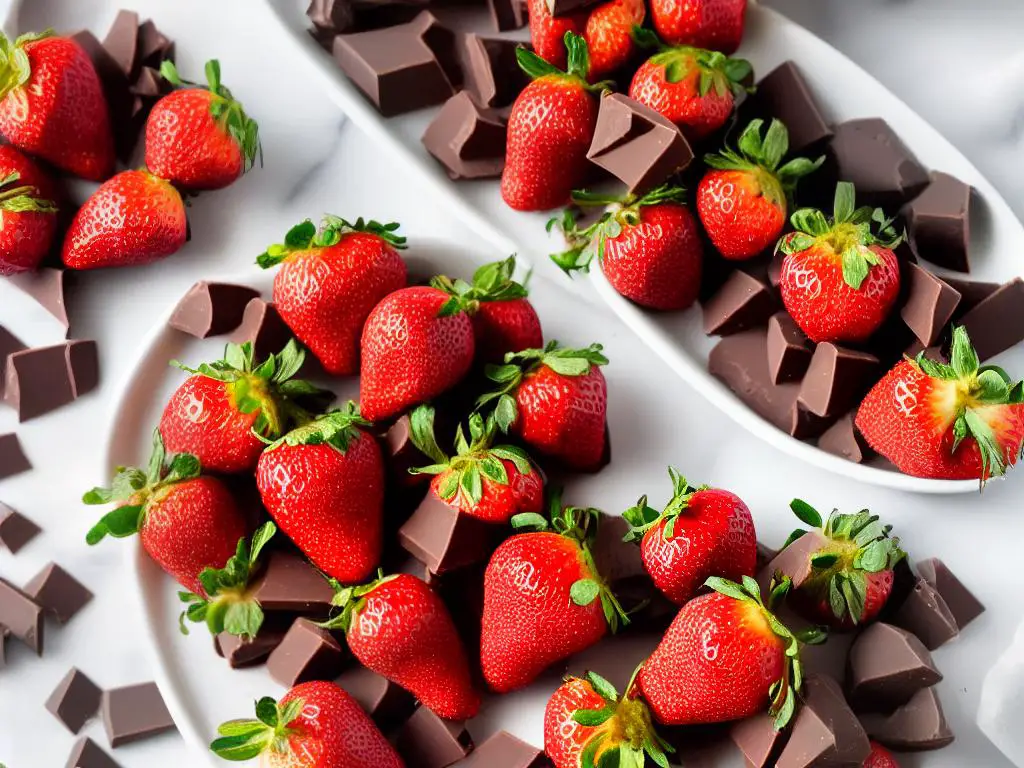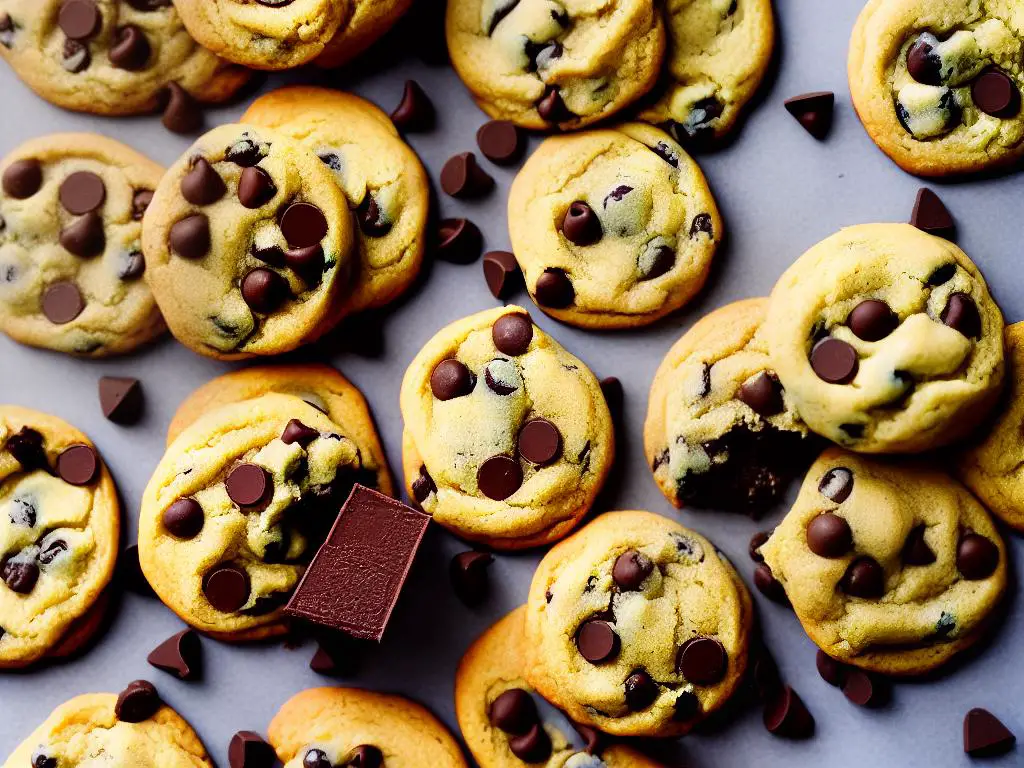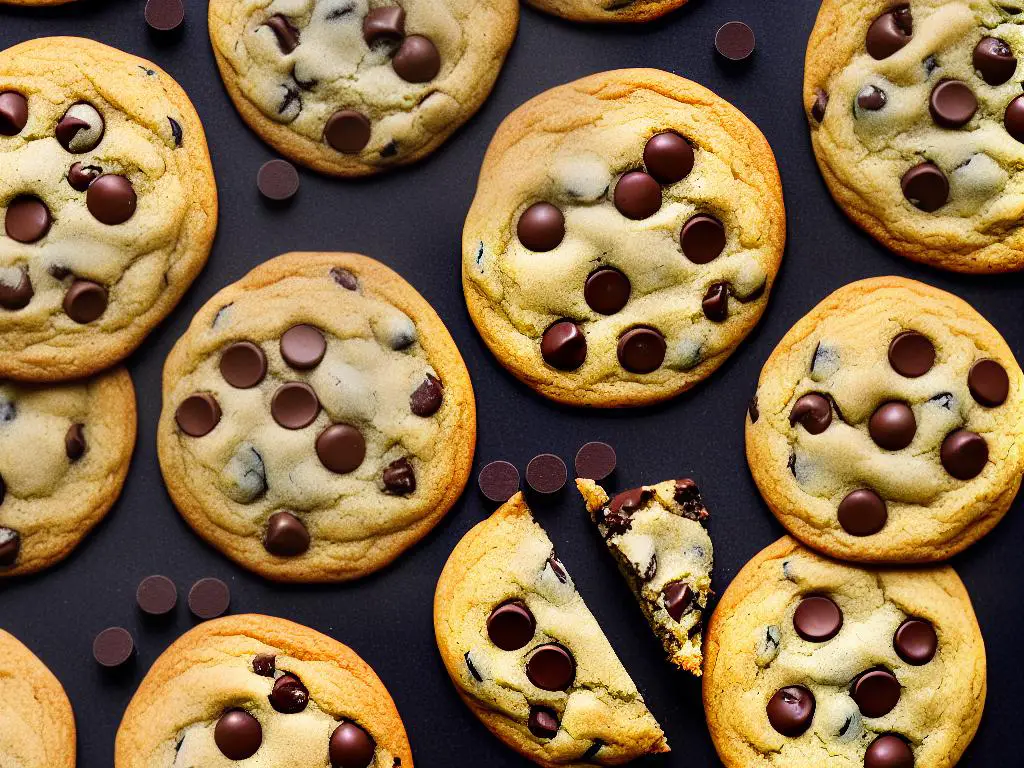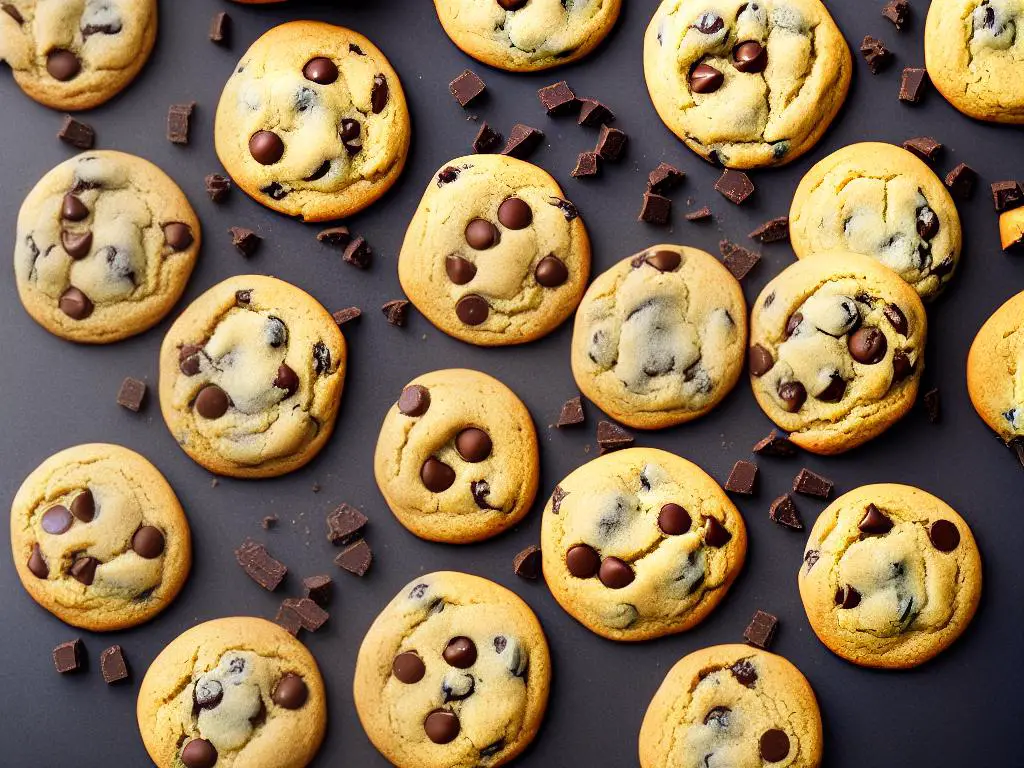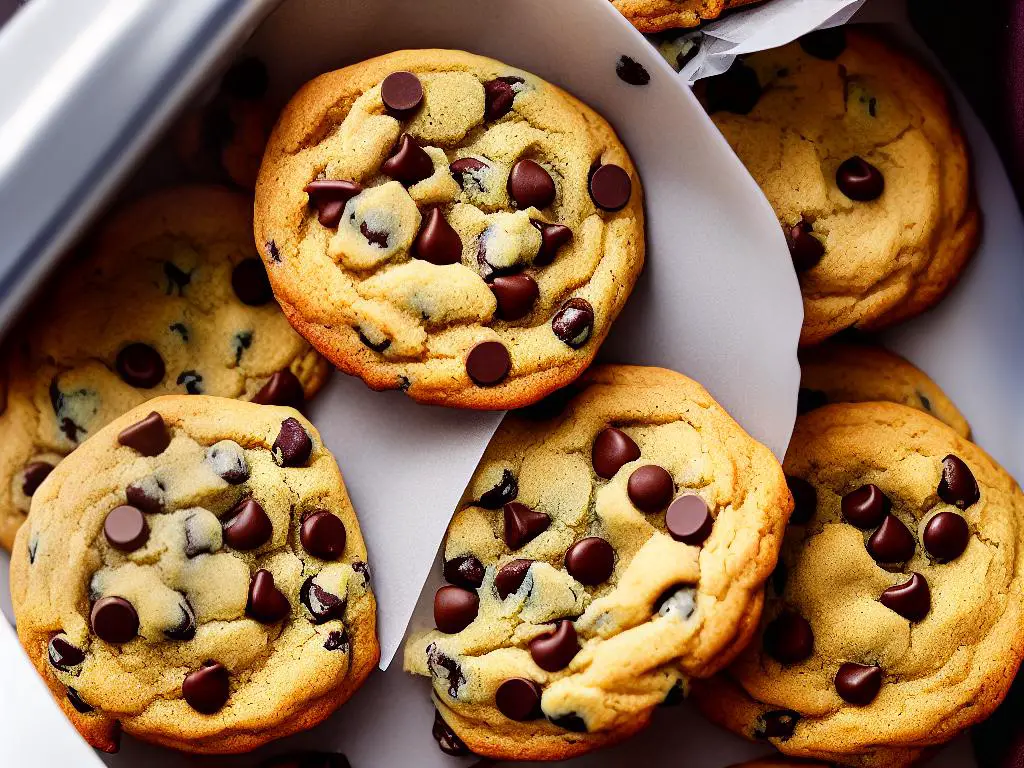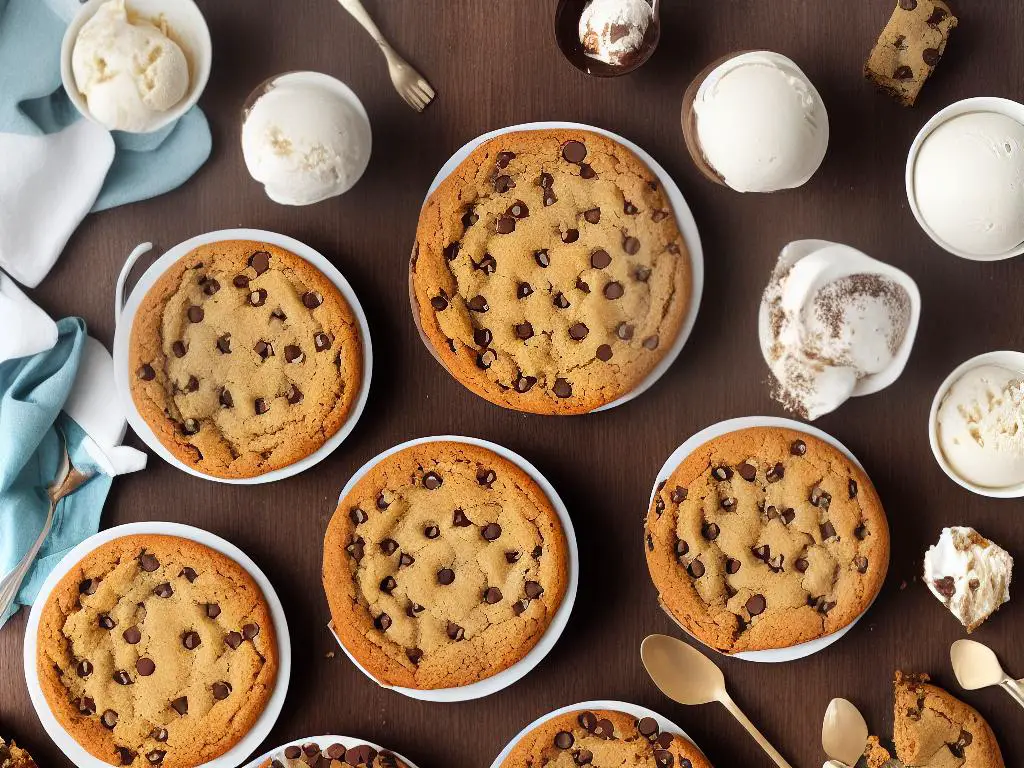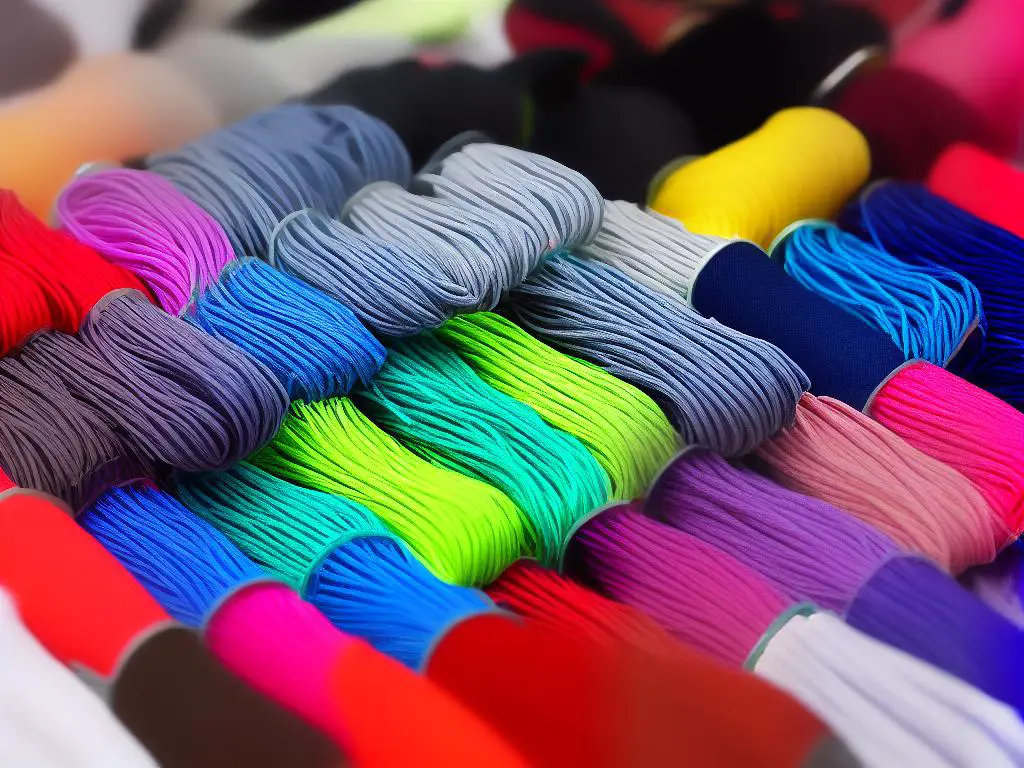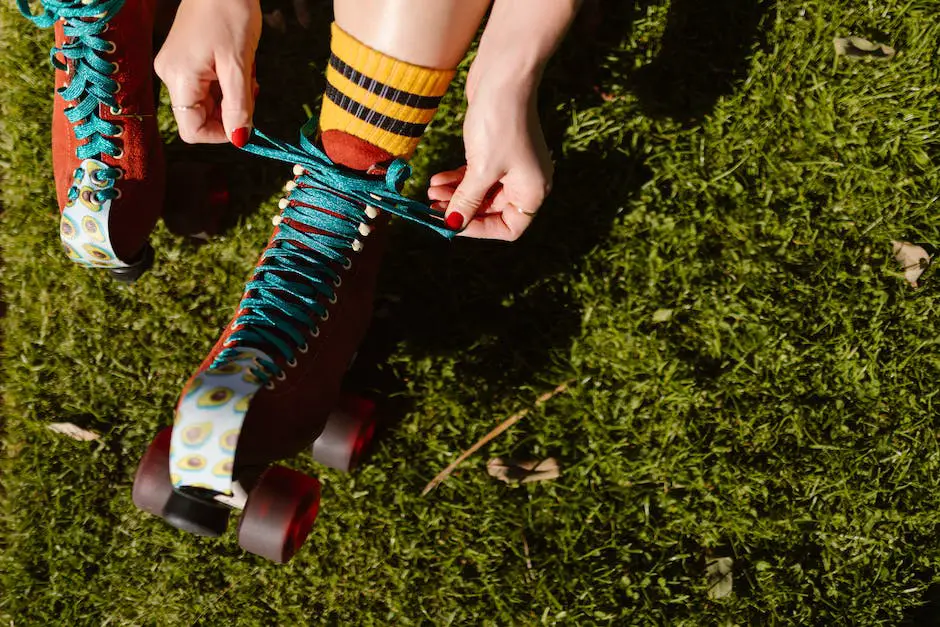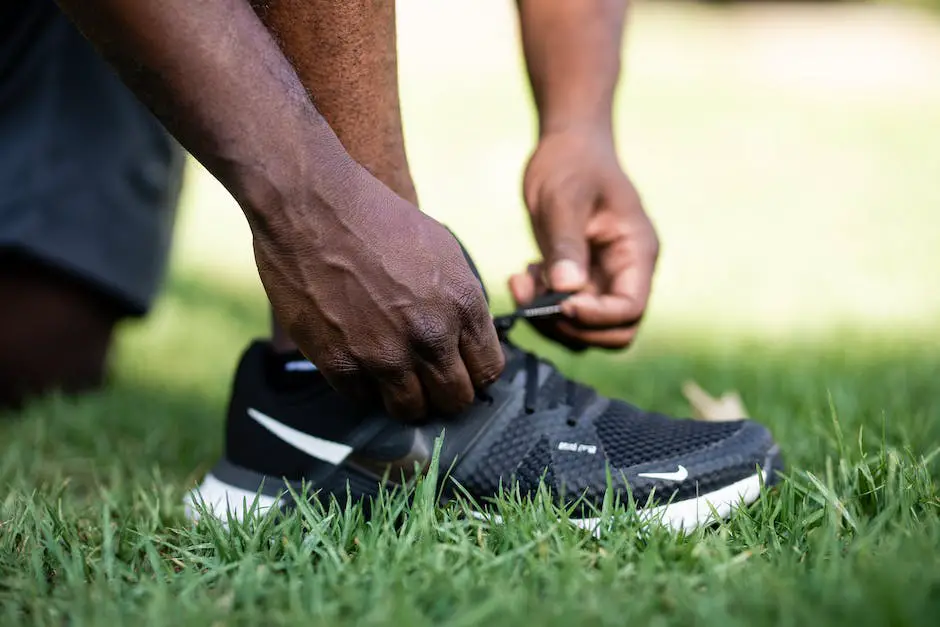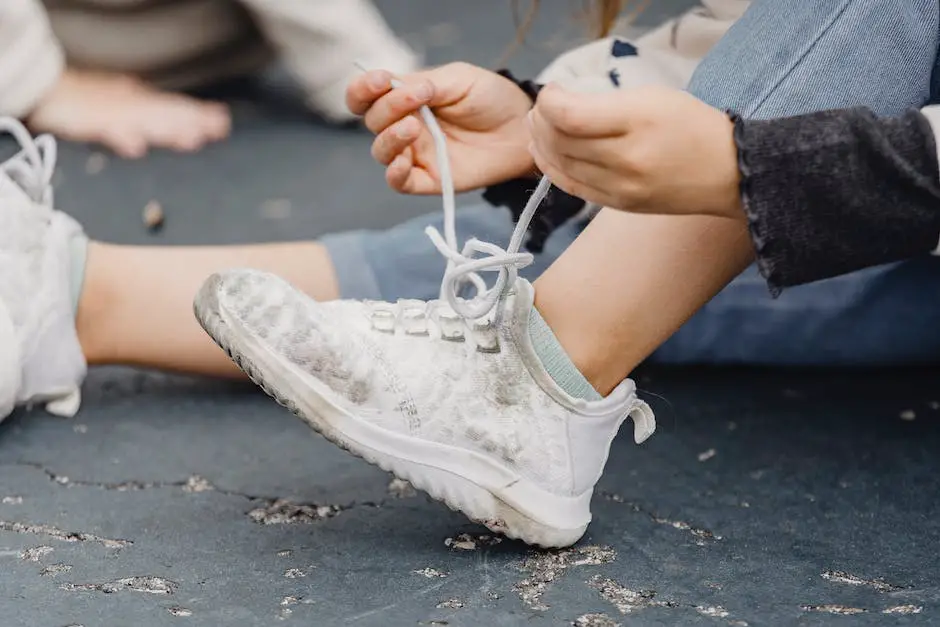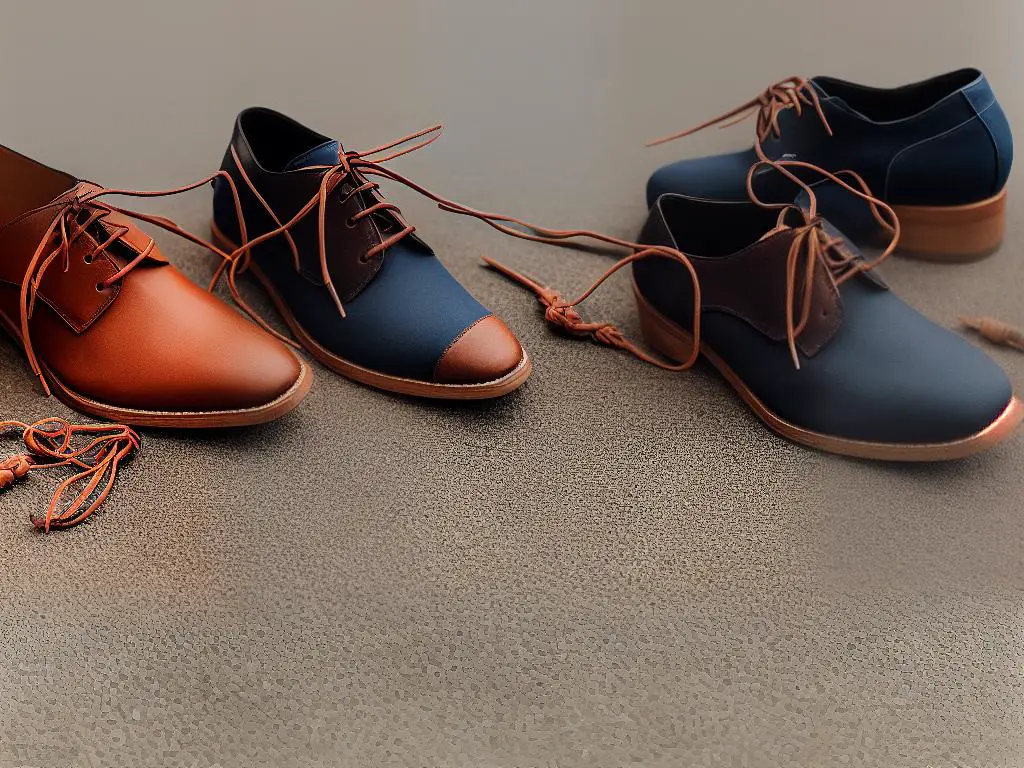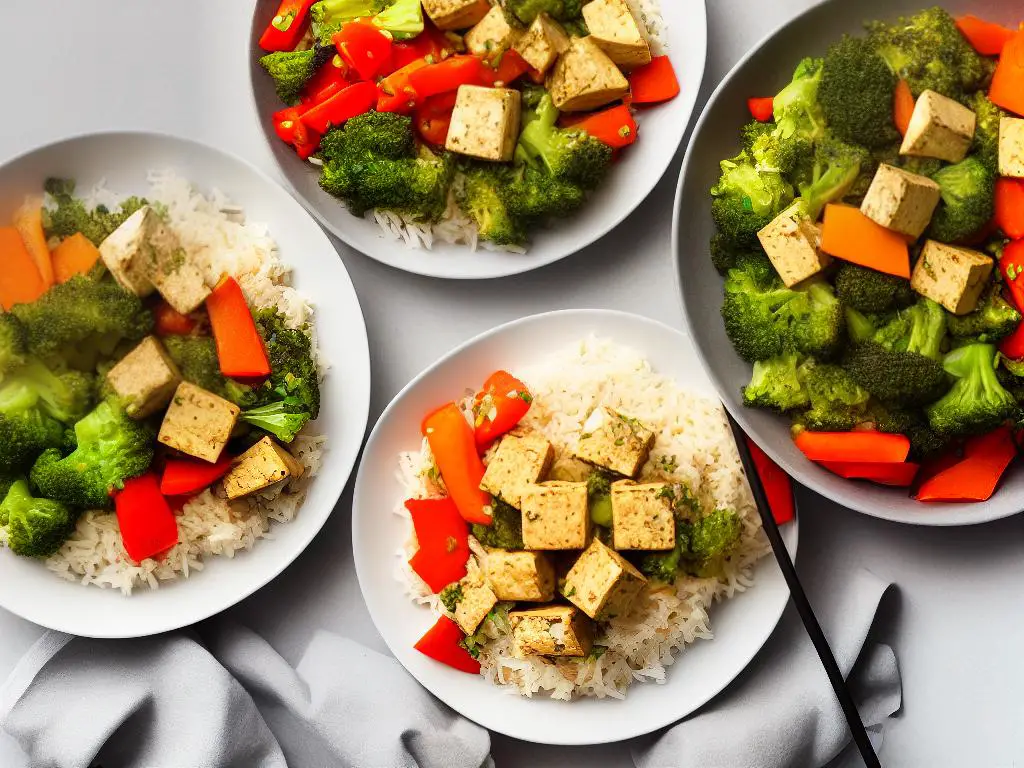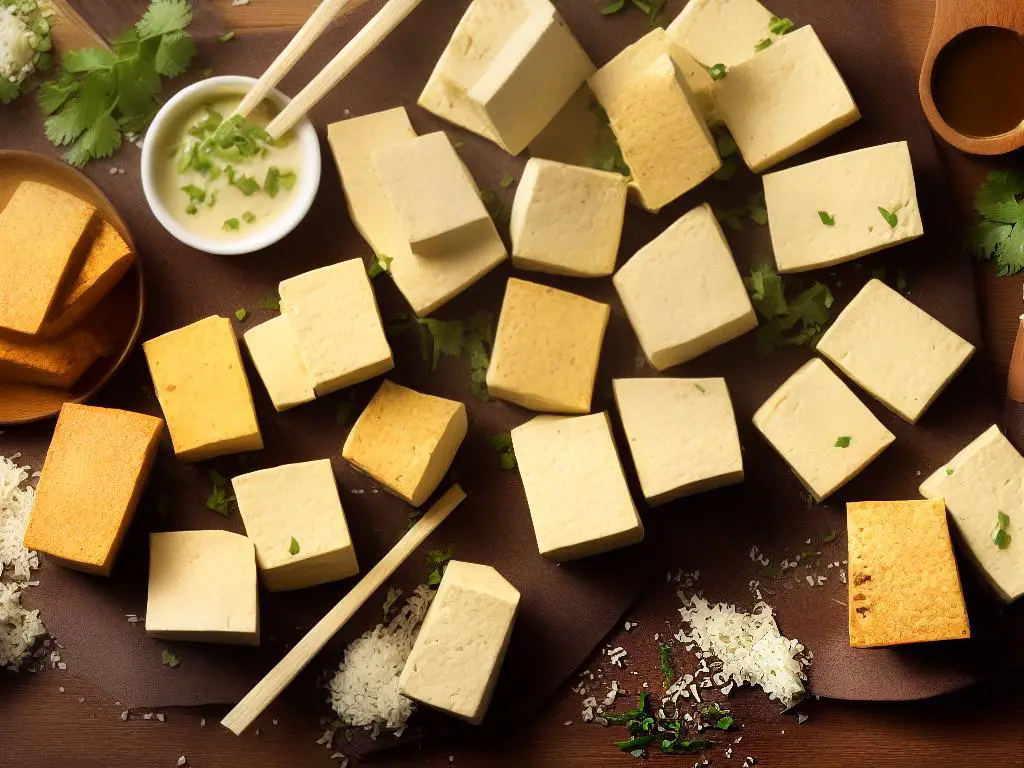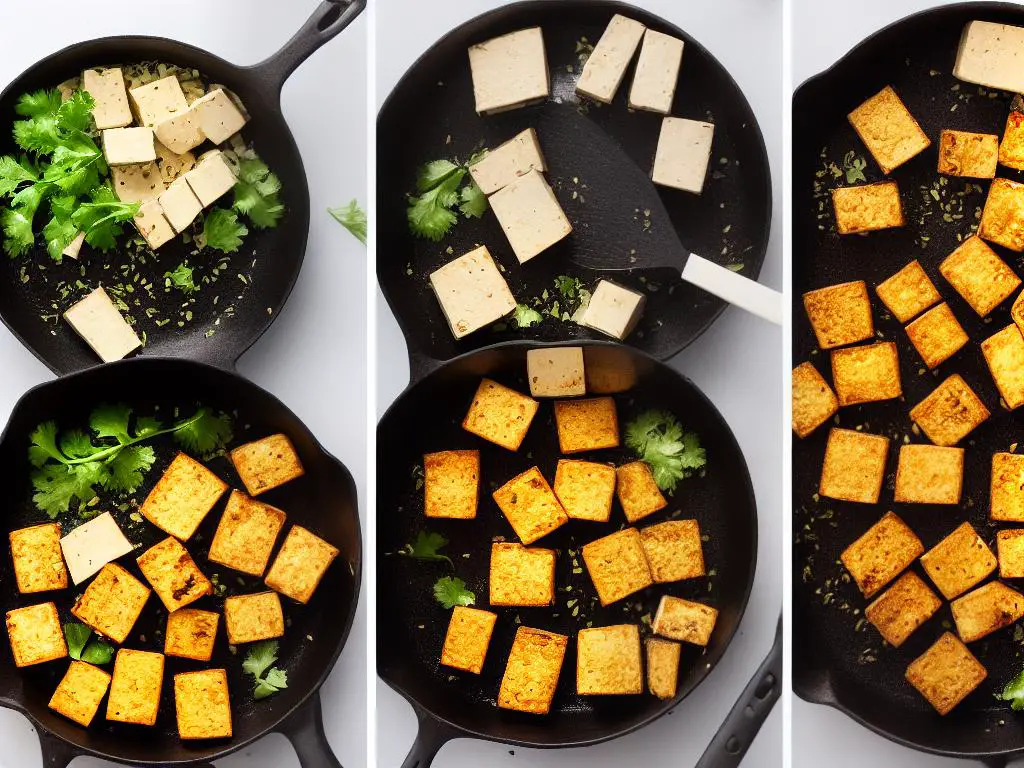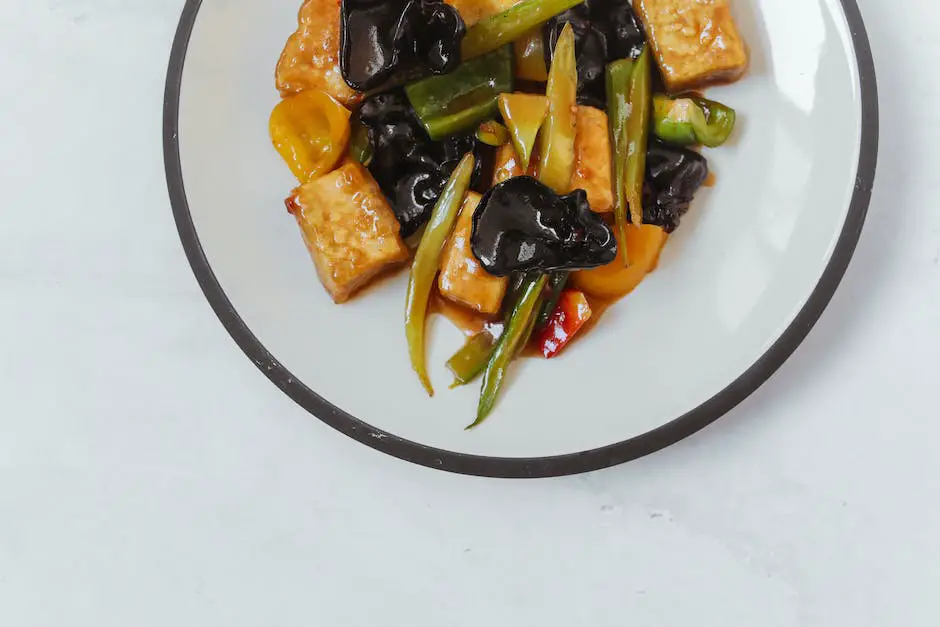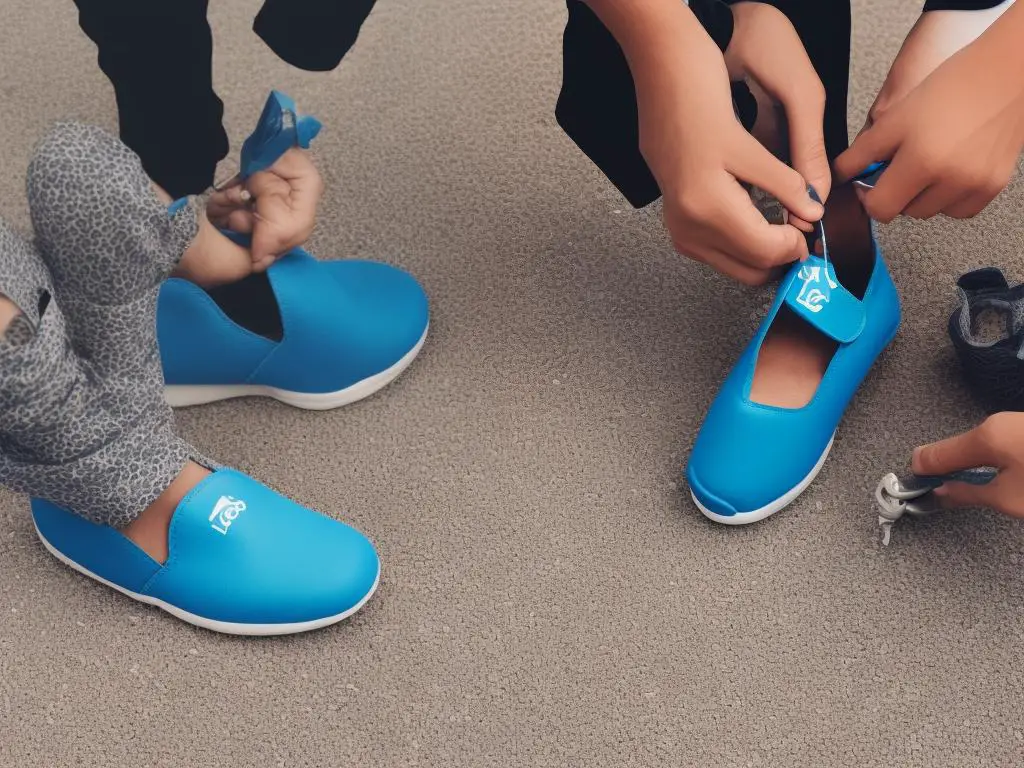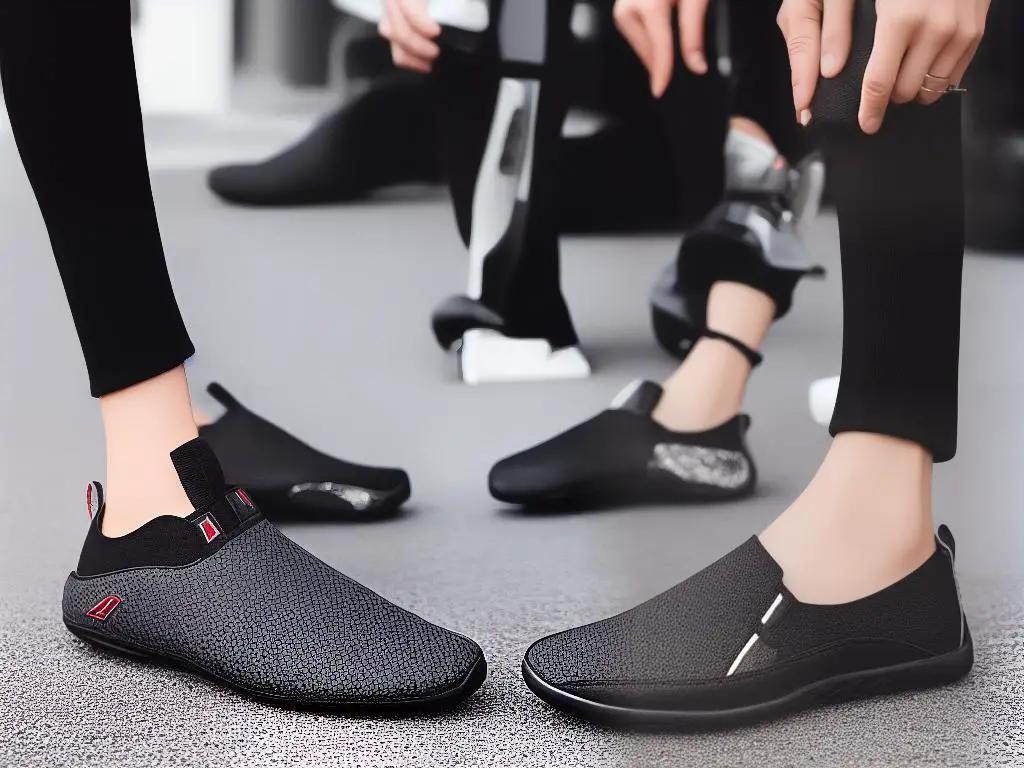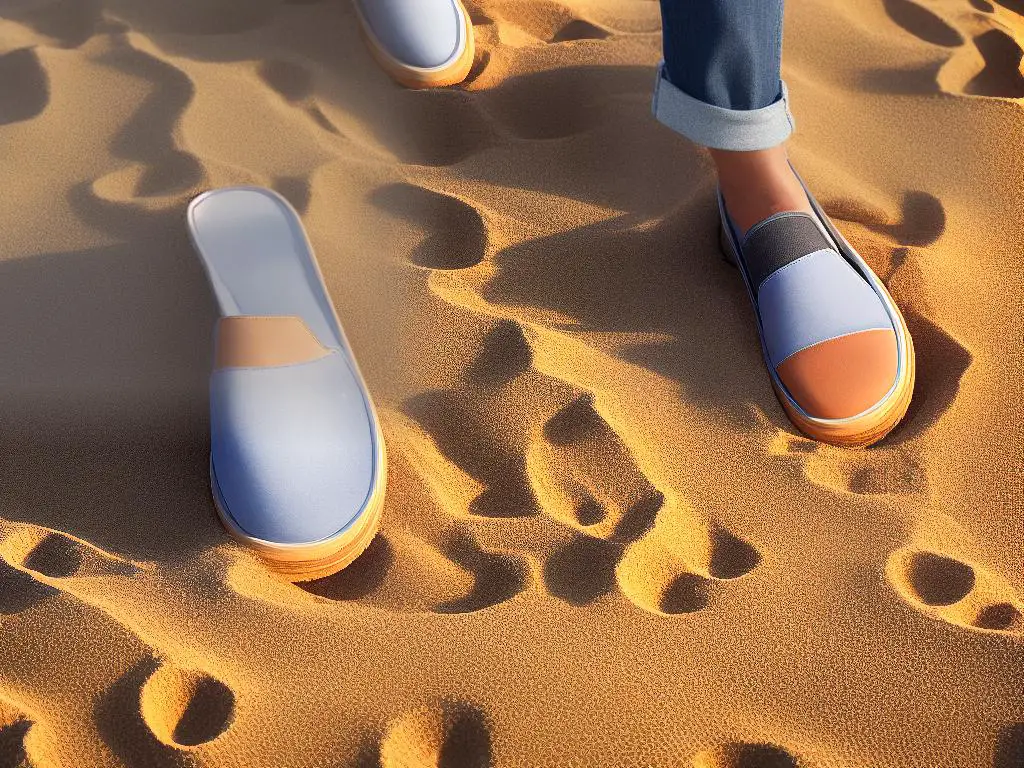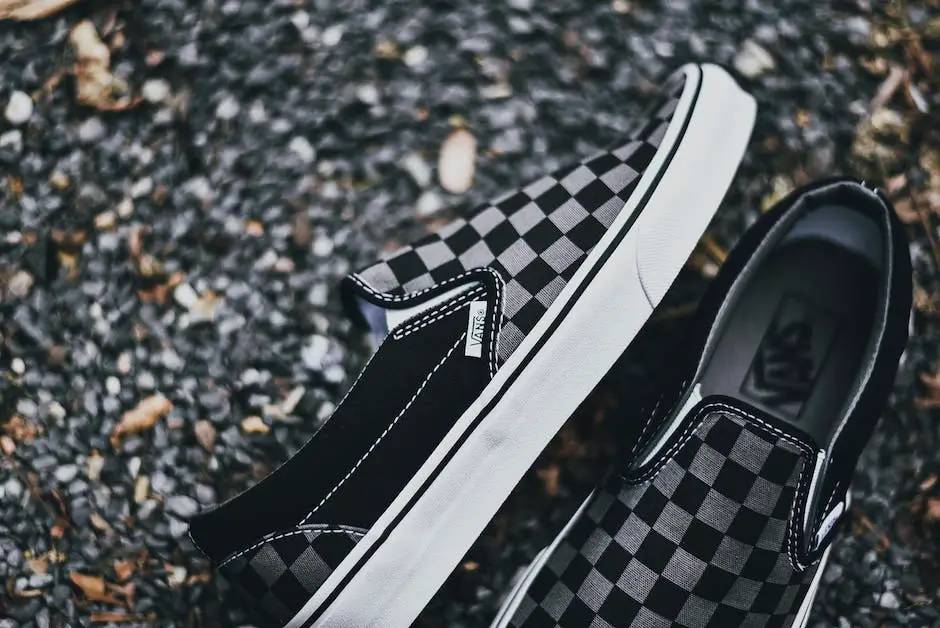Dragons have fascinated humans for centuries, featuring prominently in folklore, mythology, and art across various civilizations. Dragon tattoos have become a popular means of expressing one’s affinity for these powerful and mysterious creatures, often carrying deep symbolic significance and personal meaning. As industry experts in tattoos, we aim to provide an in-depth exploration of the history, symbolism, and various designs associated with dragon tattoos, as well as guidance on choosing the right artist and ensuring proper aftercare for a long-lasting, impactful tattoo.
History of Dragon Tattoos
Dragon Tattoo History:
In Chinese culture, the dragon is a revered, mythical creature that is believed to bring good fortune, prosperity, and power. Dragon tattoos have a long history that dates back to ancient China, where they were seen as symbols of authority and protection. The mythical creature was often depicted as a snake-like, wingless creature with four legs and sharp claws. In Chinese mythology, dragons were believed to control natural elements such as water and rain, making them powerful symbols in a predominantly agrarian society. Chinese emperors were often associated with the dragon, using it as a crowning emblem of their imperial power. Thus, the dragon’s image was profoundly embedded in Chinese art, culture, and tradition, including tattoo artistry.
Japanese Dragon Tattoos:
Similarly, in Japanese culture, dragons have been a vital part of the country’s mythos, representing strength, wisdom, and protection. The Japanese dragon, or ryū, is inspired by both indigenous Japanese legends and Chinese dragon mythology, resulting in a unique representation that differs from its Chinese counterpart. Japanese dragons often have three claws and are associated with water deities. Dragon tattoos have been an essential aspect of Irezumi, the traditional Japanese tattoo art form. Dragons were used in tattoos to symbolize power, strength, and protection; they were especially popular among samurai warriors.
Norse Dragons:
In Norse mythology, dragons were both formidable and feared creatures. One of the most well-known dragons in Norse myth is Nidhogg, a monstrous serpent that gnawed on the roots of Yggdrasil – the world tree – in an attempt to destroy it. Dragons in Norse mythology were typically depicted as serpentine, wingless creatures with distinctive features such as horns or large teeth. These creatures embodied primal forces and chaos, aligning with their feared and destructive reputation in Norse myth. Viking warriors who embraced this chaotic force would often etch dragon tattoos on their bodies to instill fear in their enemies and demonstrate their unfaltering courage.
Celtic Dragons:
Although not as prevalent as the Chinese and Japanese dragon tattoos, Celtic dragon designs are still an integral part of tattoo history. Often depicted in intricate knotwork designs, Celtic dragons are a blend of the sinuous, snake-like aspects seen in Chinese dragons and the winged creatures from western mythology. Celtic dragons were believed to represent the power of the natural world, wisdom, and sovereignty, making them popular choices for tattoos by those who sought to embrace these qualities.
Modern Dragon Tattoos:
Dragon tattoos have long been a popular choice for those looking to make a powerful and lasting statement with their body art. In modern times, they continue to be popular across the globe and are often selected for their powerful, mythological symbolism and captivating aesthetics. Known for their immense size, mythical nature, and deep-rooted history in numerous cultures around the world, dragons carry complex symbolism that often varies among individuals.

Dragon Tattoo Symbolism
Dragon Tattoos Across Cultures:
For many, these creatures represent power, wisdom, protection, and transformation, both in their physical form and the meanings they hold for the wearer of the tattoo. As various cultures have depicted dragons differently, individuals can choose from a vast array of dragon tattoo designs that range from the traditional Chinese or Japanese designs to the bold, intimidating Norse depictions and intricate Celtic knotwork. Ultimately, the history of dragon tattoos is a testimony to their timeless appeal, striking visuals, and multi-layered cultural significance.
Power
One commonly held belief regarding dragon symbolism is the association with power. In various cultures, dragons are often depicted as rulers of the earth, sky, and sea, and their immense strength and raw energy are unparalleled. As such, individuals with dragon tattoos may seek to embody the inherent power and strength these creatures possess, often choosing designs that emphasize the dragon’s fierce or menacing appearance.
Wisdom
In addition to their power, dragons are often associated with wisdom. Many legends and mythologies throughout history—particularly those of Eastern origins—depict dragons as intelligent beings that impart knowledge and counsel to humans. Indeed, Chinese dragons frequently symbolize wisdom and knowledge, as well as the ability to communicate and understand. Those who choose dragon tattoos with an emphasis on wisdom may opt for designs that feature the dragon’s large, knowing eyes, or depict it alongside symbols of wisdom, such as books or scrolls.
Protection
The protective nature of dragons is another aspect of the symbolism that people often seek when selecting a dragon tattoo. In many Eastern cultures, dragons are seen as benevolent protectors who guard against evil forces and offer guidance to humans on their spiritual journeys. This protective symbolism is often manifested in tattoos that feature a dragon wrapped around or guarding an individual or object of importance to the wearer, such as a family crest or loved one’s initials.
Transformation
One of the most important aspects to consider when examining the symbolism of dragon tattoos is the transformative nature of dragons. Often depicted as shape-shifters, dragons are capable of taking on multiple forms, granting them the ability to traverse the realms of earth, sky, and sea. Dragon tattoos, therefore, represent transformation and personal growth, reminding the wearer of their own power to evolve and change. Unique design elements, such as a dragon shedding its skin or taking on multiple forms within a single tattoo, can effectively convey this symbolism. In essence, dragon tattoos serve as potent symbols for the diverse traits and characteristics associated with these mythical creatures, allowing individuals to explore their personal connections to power, wisdom, protection, and transformation.

Popular Dragon Tattoo Styles and Designs
Tribal Dragons
As a popular variation of dragon tattoos, tribal dragons effortlessly blend fierceness and grace through their bold, swirling black lines and distinct design elements. These designs frequently draw inspiration from Maori, Polynesian, and Celtic cultures, with each offering their own unique take on the tribal dragon motif. Sharp angles and elegant curves typically characterize tribal dragon tattoos, thus showcasing both strength and beauty. This style is especially suitable for those seeking a captivating design that is also deeply rooted in ancient traditions and cultural connections, further enhancing the symbolisms of power, wisdom, protection, and transformation.
Traditional Dragons
Traditional dragons, inspired by East Asian cultures, are another popular design choice among dragon tattoo enthusiasts. These dragons often feature long, slender, and serpentine bodies, accompanied by dramatic and detailed scales, claws, and whiskers. Traditional Chinese dragons are believed to possess great wisdom and power, while Japanese dragons often symbolize balance and harmony. This style is highly versatile, as tattoo artists can create a range of expressions and poses for the dragon, making each tattoo unique and meaningful to its wearer.
Realism Dragons
Realism is another highly sought-after style in the realm of dragon tattoos. As the name suggests, this style aims to bring out a lifelike rendition of a dragon, with intricate shadows and textures that emphasize the fantastical nature of the mythical beast. This design often features brightly colored scales, realistically rendered fire or lightning, and detailed anatomical features to help bring the dragon to life. Some artists might create their dragon depictions based on stories from literature, movies, or even video games, while others might craft a unique, lifelike design that is entirely their own. Regardless, a realistic dragon tattoo ensures a captivating, artistic statement that is truly memorable.
Neo-Traditional Dragons
Neo-traditional dragon tattoos offer a more modern and creative interpretation of dragon designs. These tattoos often infuse a blend of artistic styles and elements seen from both traditional East Asian and contemporary Western cultures. The neo-traditional style focuses on bold, vibrant colors and a unique, artistic flair that is distinct from other dragon designs. The result is a stunning amalgamation of time-honored imagery and progressive design, creating a standout piece that is bound to intrigue and fascinate observers.
Watercolor Dragons
Watercolor dragon tattoos are a vibrant and ethereal representation of the mythical creatures, offering a unique twist to traditional body art. This style mimics the fluidity and color play of watercolor paintings, enabling tattoo artists to create the illusion of a dragon gracefully emerging from an otherworldly realm. Watercolor dragons often feature abstract, swirling designs that naturally flow with the contours of the human body, resulting in a captivating tattoo. As more people embrace this innovative style, watercolor dragons continue to push the boundaries of creativity and self-expression within the world of body art.

Dragon Tattoo Placement
In deciding to get a dragon tattoo, one of the most important factors to consider is the ideal location for the ink on the body. A common preference is the upper arm and shoulder area, as this provides both visibility and concealment, depending on the individual’s choice of clothing. Moreover, the generous space in this area allows the tattoo artist to capture the intricate details of the dragon’s design. The upper arm’s shape can accommodate both horizontal and vertical compositions, ensuring a well-balanced tattoo. Besides, the natural musculature of the arm can further enhance the dragon’s mighty appearance.
Another prominent location for dragon tattoo placement is the back. A large, horizontal dragon tattoo, which could span the width of the shoulder blades, provides an imposing and eye-catching visual. This placement option is typically more easily hidden under clothing, lending a more dramatic reveal when intentionally shown. Since the back offers a vast and flat area for tattooing, an artist has the freedom to create a highly detailed and sizable design that accurately conveys the essence of the dragon.
Some individuals prefer a more discreet yet impactful placement for a dragon tattoo: the chest. As a central and personal area of the body, a dragon tattoo on the chest symbolizes protection and empowerment. This location also allows for either a single dragon or a mirrored set, with each dragon resting on either side of the chest. Moreover, chest tattoos are more easily covered by clothing, permitting the wearer to choose when to reveal or conceal their artwork.
Astoundingly, leg placements have gained increasing popularity in recent years for dragon tattoos. Both the calf and thigh regions provide ample space for intricate designs and retain the option for significant visibility or concealment, depending on the wearer’s preferences. An impressive dragon inked along the leg’s length can showcase the creature’s elongated form and convey movement, as if the dragon is coiling itself around the leg or about to strike. However, it’s essential to consider that the pain tolerance for tattooing varies depending on the individual and location. Relatively, the aforementioned areas are considered less painful compared to bony regions, such as the ribs or collarbone.
When selecting a placement for a dragon tattoo, it’s essential to consider pain tolerance. Bony areas, such as the ribs or collarbone, can result in a higher degree of discomfort during the tattooing process, but the end results are often remarkably stunning and powerful. On the other hand, areas with thicker skin or more muscle, like the thighs or upper arms, may provide a more tolerable pain level while still offering an impressive canvas for the tattoo artist. It is crucial to weigh factors such as size, visibility, and individual pain thresholds when determining the ideal location for a dragon tattoo that will be cherished for a lifetime.

Choosing the Right Artist
Finding the Right Dragon Tattoo Artist
Once you have determined the perfect placement for your dragon tattoo, the next step is to find a skilled tattoo artist to bring your vision to life. It’s vital to examine their portfolios thoroughly, looking for consistent quality, attention to detail, and a variety of styles. As dragon tattoos are a popular design choice, many seasoned tattoo artists are likely to have experience in creating them. While reviewing an artist’s portfolio, take note of the intricacy of the dragons, the line work, shading, and the use of color. The more skilled an artist is, the better equipped they will be to capture the unique qualities of a dragon and convey the style you desire.
Expertise of the Potential Artist
A crucial factor to consider is the expertise of the potential artist. You can gain insights into their expertise not only by examining their portfolio but through online reviews, customer testimonials, and referrals from acquaintances who have had work done by that artist. Look for artists who specialize in the particular style you’re interested in, whether that’s traditional, Japanese, realistic, or geometric, as they’ll have greater experience creating the desired effect. Furthermore, if you require a cover-up tattoo or one with specific requirements, it’s essential to find an artist who has expertise in handling such detailed work.
Effective Communication
Effective communication between you and your tattoo artist is vital for the success of the tattooing process. Your artist should be receptive to your ideas and willing to discuss various design options, offering suggestions based on their experience. Additionally, a good artist will explain the necessary aftercare procedures and provide guidance on how to maintain your dragon tattoo in the long run, ensuring that you’re satisfied with their work for years to come.
The Tattoo Studio
Another important aspect to consider is the tattoo studio itself. A reputable studio will adhere to strict hygiene and safety guidelines, use quality equipment, ink, and materials, and boast a comfortable and welcoming environment for clients. You should schedule a consultation at the studio before committing to the tattoo, which will allow you to ask any questions you may have and assess the studio’s cleanliness and ambiance.
Trusting Your Instincts
When it comes to becoming an expert on dragon tattoos, trust your instincts in selecting the right tattoo artist for your design. You should feel confident that the artist understands your vision and can bring it to life with their skills and creativity. Remember that a tattoo is a lifelong commitment, so take your time in choosing the right artist for you – it’s always better to be patient and find someone who can create the perfect dragon tattoo that you’ll be proud to show off for years to come.

Inking Techniques and Aftercare
Dragon Tattoo Inking Techniques
As you delve deeper into the world of dragon tattoos, it’s important to familiarize yourself with the various inking techniques. Among the diverse range of techniques utilized in the tattoo industry, traditional, realism, and blackwork are particularly favored for the intricate detailing and shading required in dragon tattoos.
- Traditional, also known as Old School, is characterized by bold lines, vibrant colors, and simple shading, making it a popular choice for those seeking a classic and eye-catching dragon design.
- Realism, on the other hand, focuses on accurately replicating realistic images on the body, thereby enabling the creation of lifelike and visually striking dragon tattoos.
- Lastly, blackwork primarily uses black ink and negative space to create bold, high-contrast designs that highlight the elaborate features and formidable presence often associated with dragons.
Proper Needle Placement and Aftercare
While the inking technique is responsible for the initial visual appeal of a dragon tattoo, proper needle placement and depth are also crucial factors that determine the tattoo’s longevity.
An accomplished tattoo artist skillfully punctures the skin at the optimal depth to insert the ink into the dermis layer, ensuring that the artwork remains vivid and resistant to fading over time.
Experienced artists also focus on minimizing skin damage by adhering to standardized sanitation procedures and avoiding excessive needle penetration, leading to a reduced risk of infection and scarring.
Once the inking is complete, aftercare becomes a decisive element in the tattoo’s healing process and preserving its long-term appearance. The tattoo artist will typically provide detailed aftercare instructions that need to be followed rigorously.
Dragon Tattoo Aftercare
This includes gently washing the tattoo with a mild, fragrance-free soap several times a day and keeping the area moisturized with a tattoo-specific ointment.
Additionally, it is crucial to refrain from picking at scabs, soaking the tattoo in water, or exposing it to direct sunlight during the initial healing period, which typically lasts about two to three weeks.
Not only do these preventive measures help minimize the risk of infection, but they also contribute to optimal ink retention and vibrancy.
Maintaining Your Dragon Tattoo
In order to maintain the tattoo’s appearance even after the initial healing period, clients should make an effort to care for their dragon artwork long-term.
This entails regularly applying broad-spectrum sunscreen with a high SPF rating before any sun exposure, as UV rays can cause the ink to fade and blur over time.
Moreover, keeping the skin moisturized and healthy will further help to preserve the tattoo’s sharpness and saturation, allowing the dragon design to remain a prominent and cherished symbol on the body for years to come.
Conclusion
While proper application and aftercare are essential for all tattoos, the intricate and visually stunning nature of dragon designs makes it especially significant for maintaining their vibrancy and longevity.
The combination of a skilled tattoo artist, a suitable inking technique, and strict adherence to aftercare instructions ensures that the wearer’s dragon tattoo remains a striking and lasting piece of body art.
In addition, long-term attention to the preservation of skin health is fundamental in making certain that the artistic and symbolic value of the dragon endures, just as these mythical creatures have endured in the cultural imagination for centuries.

Throughout this exploration of dragon tattoos, we have delved into their rich historical and cultural significance, various symbolic meanings, and popular design styles. Moreover, we have offered insights into the best practices for tattoo placement, choosing the right artist, and ensuring proper aftercare for optimal results. By understanding the intricate and fascinating world of dragon tattoos, one can truly appreciate the artistry and symbolism behind these majestic creatures, immortalized through unique, personal expressions of ink.
